Day 6
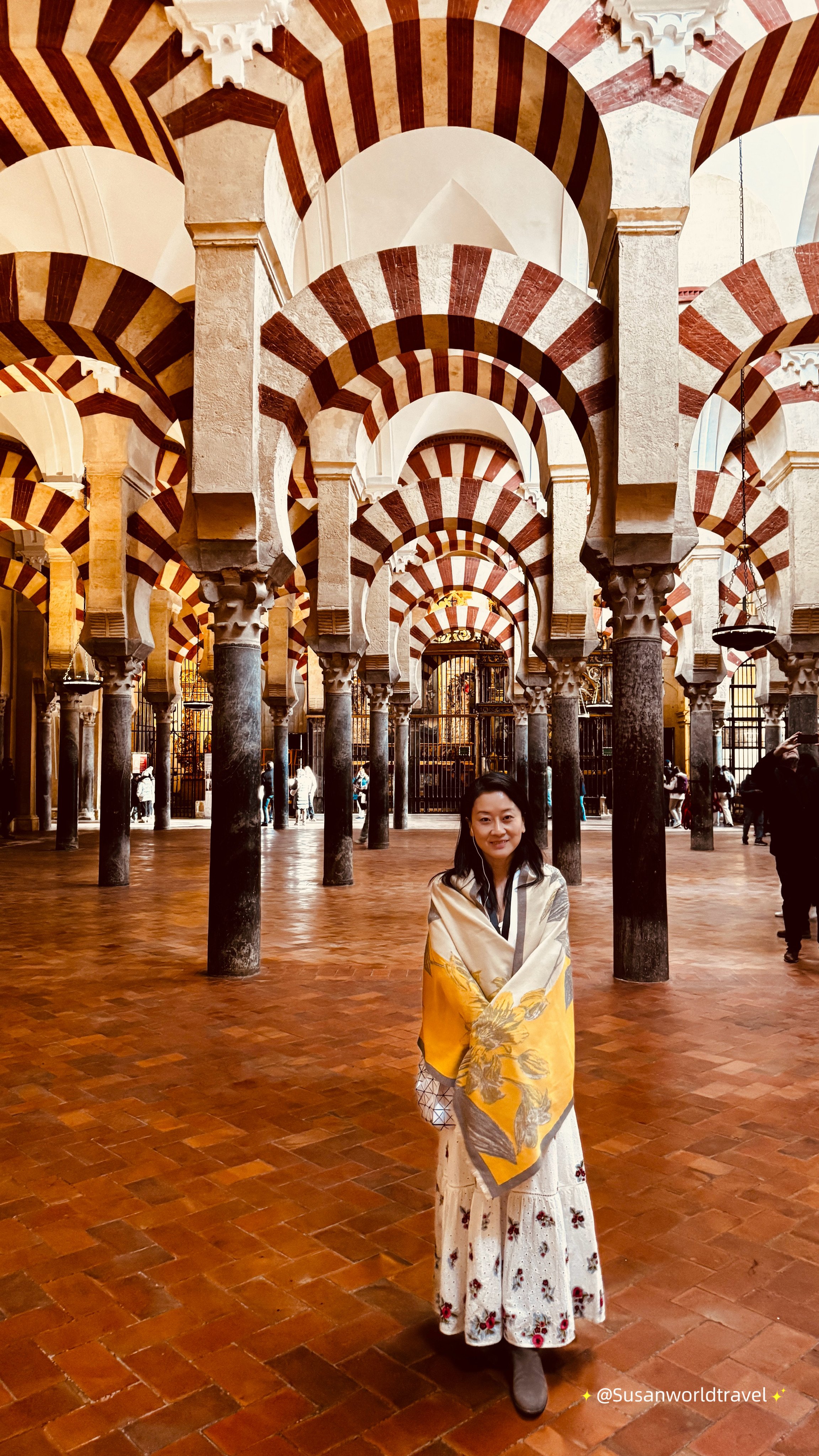
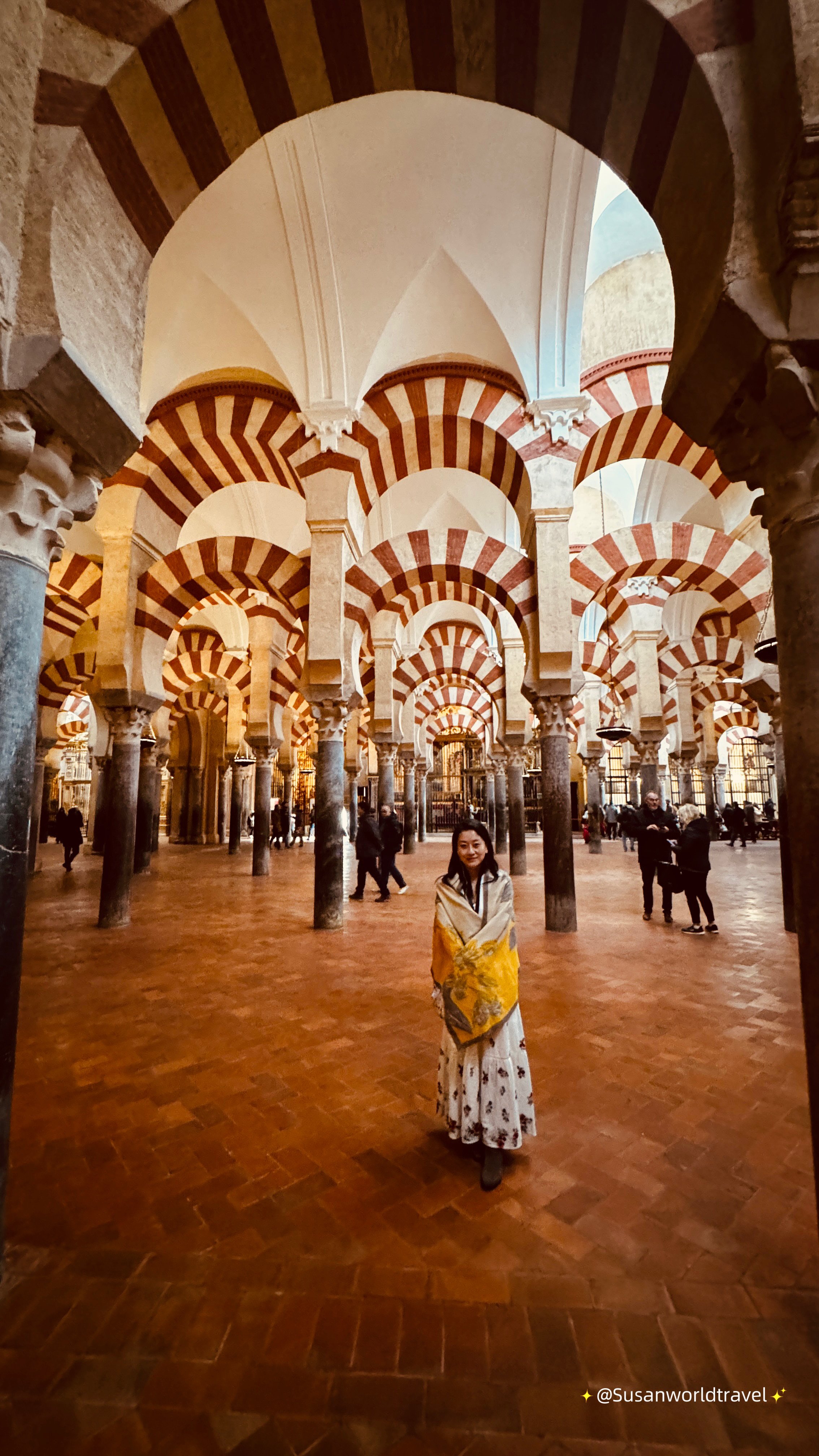
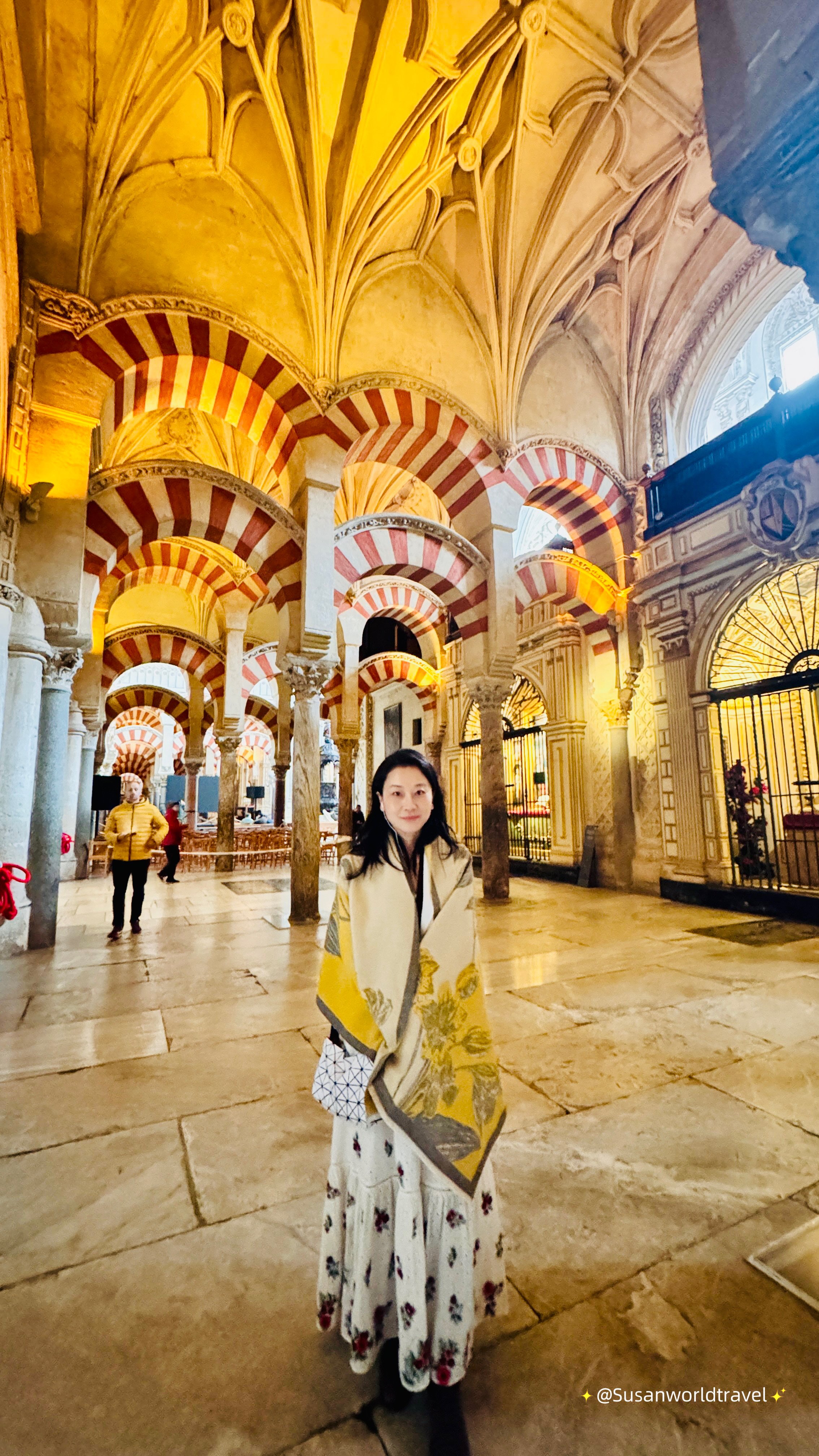
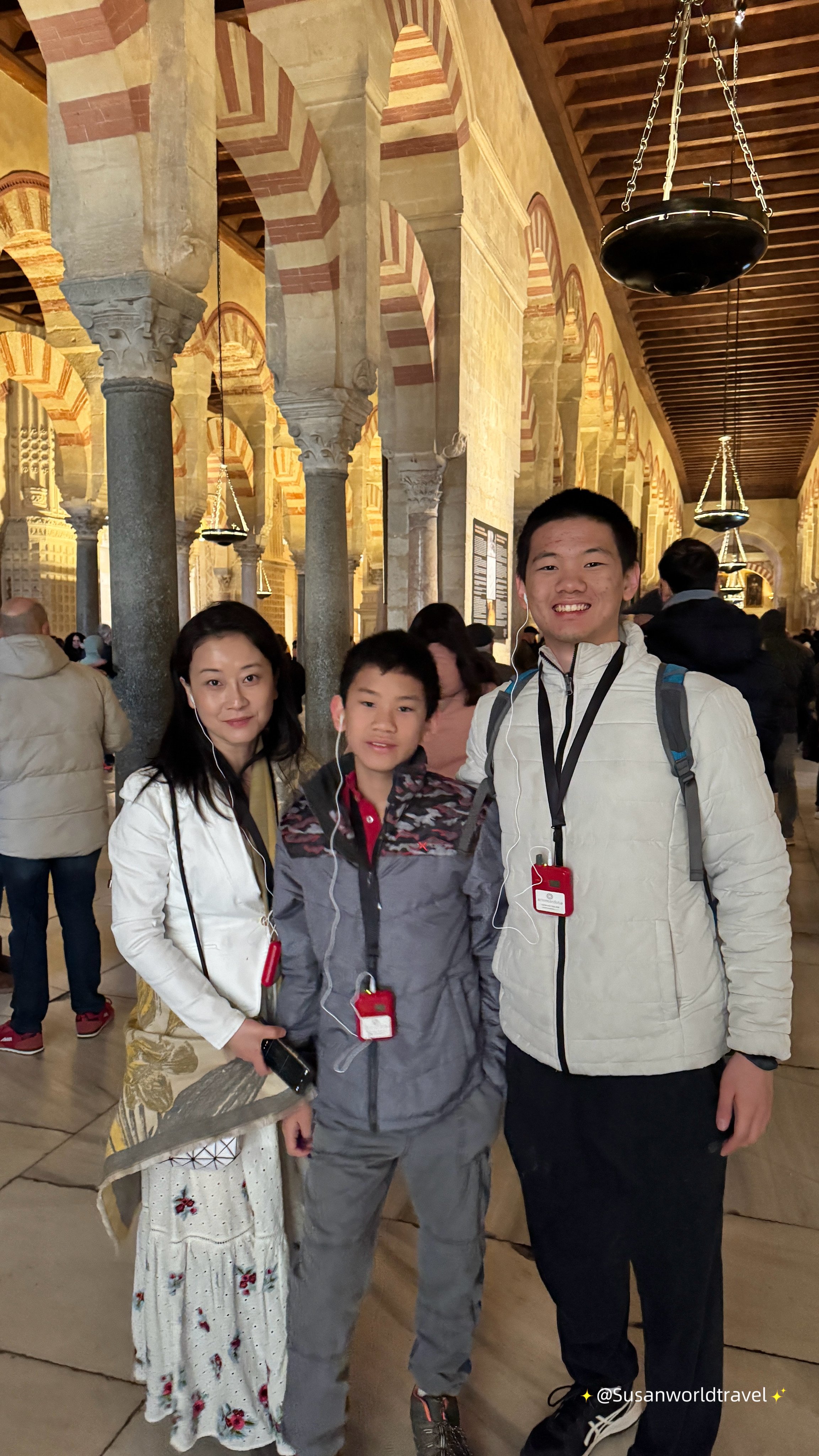
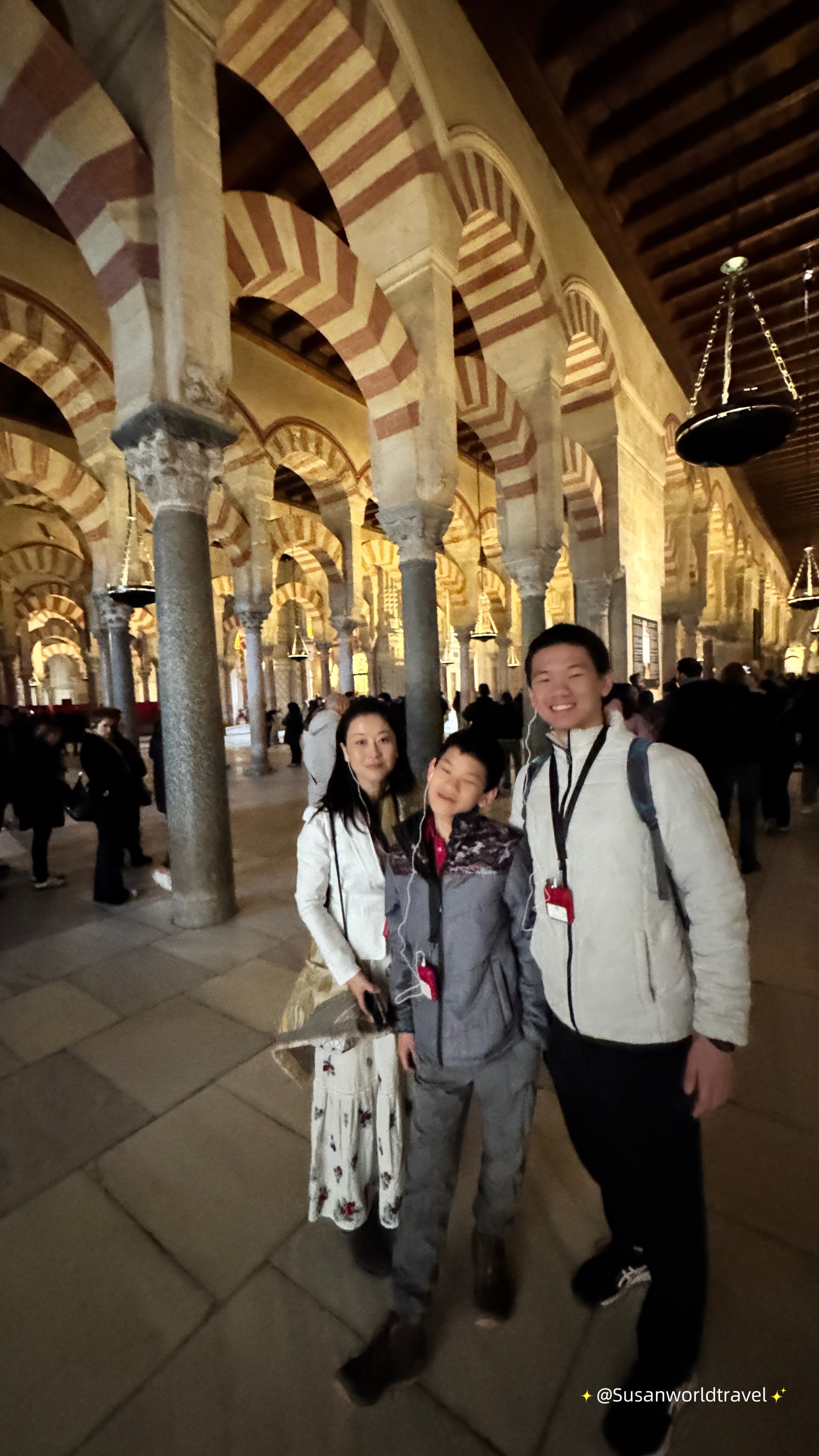
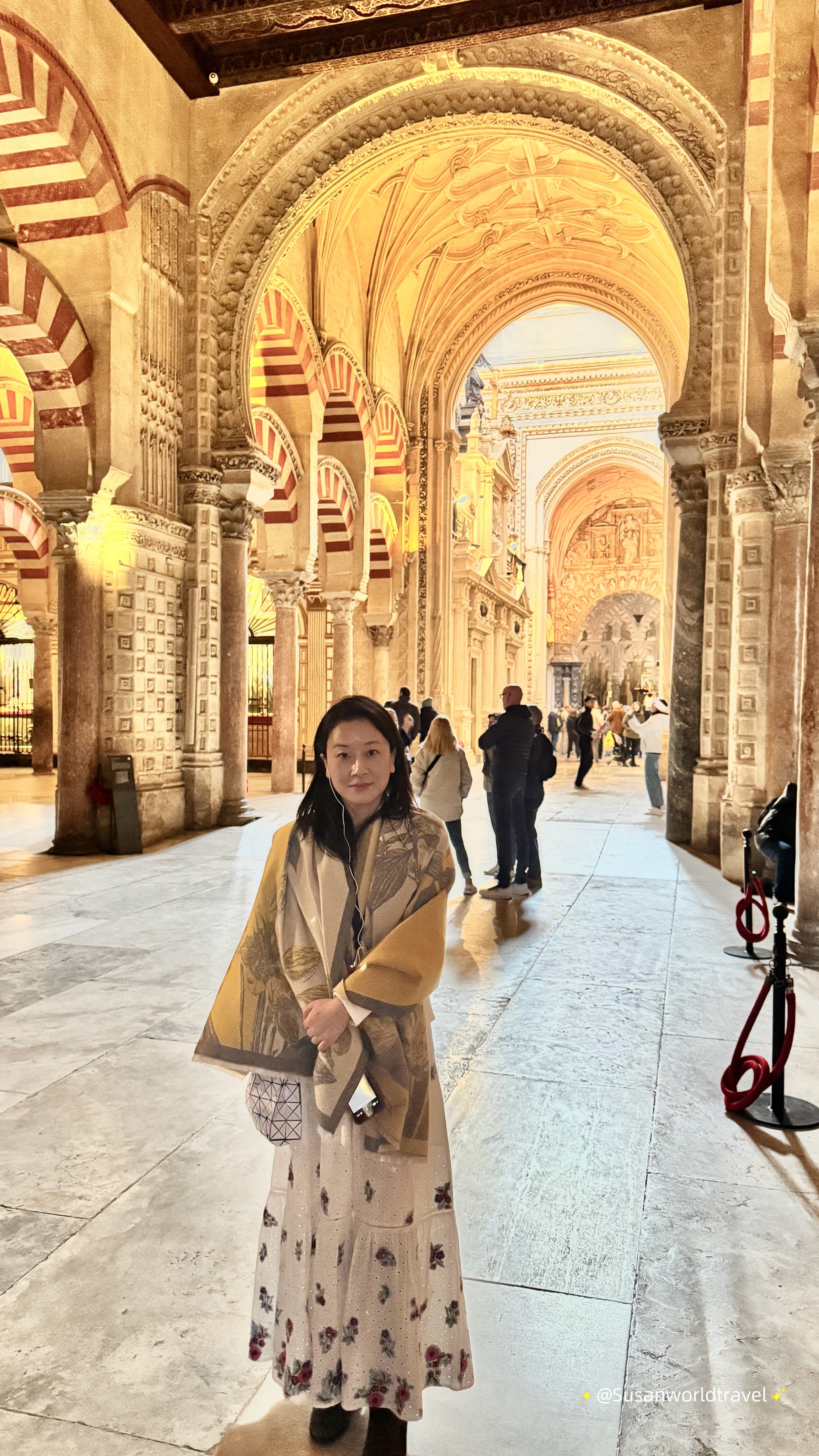
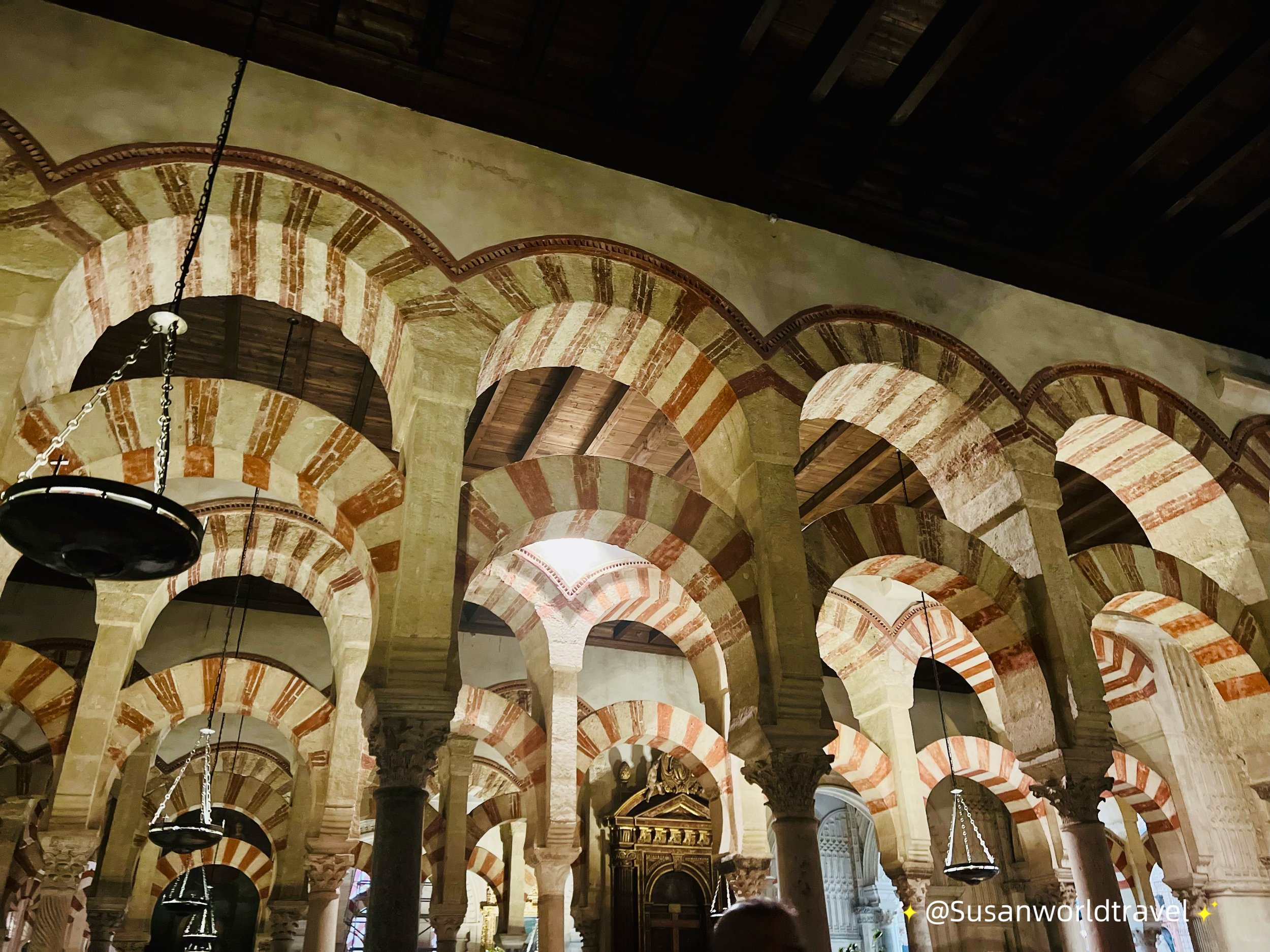
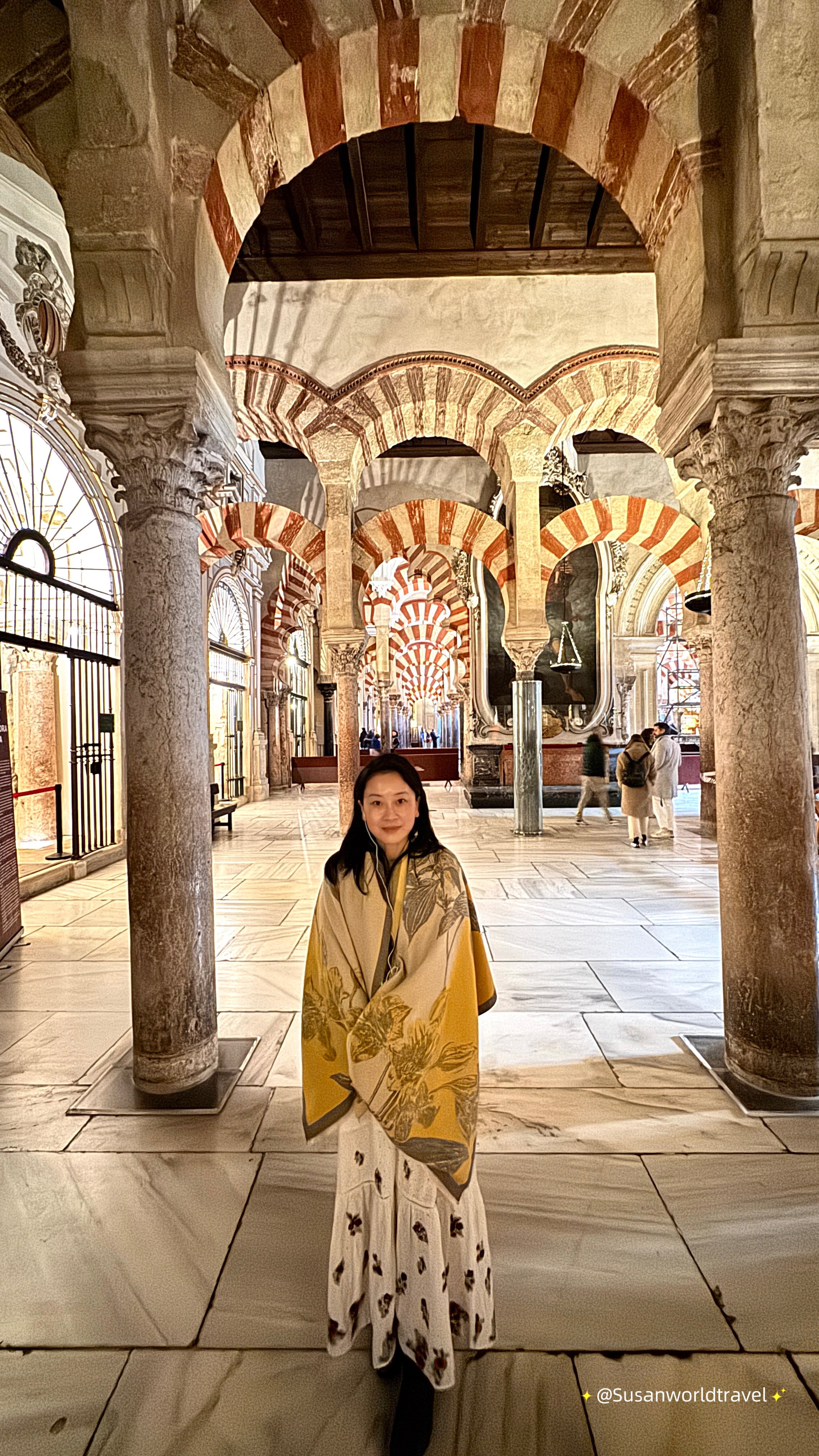
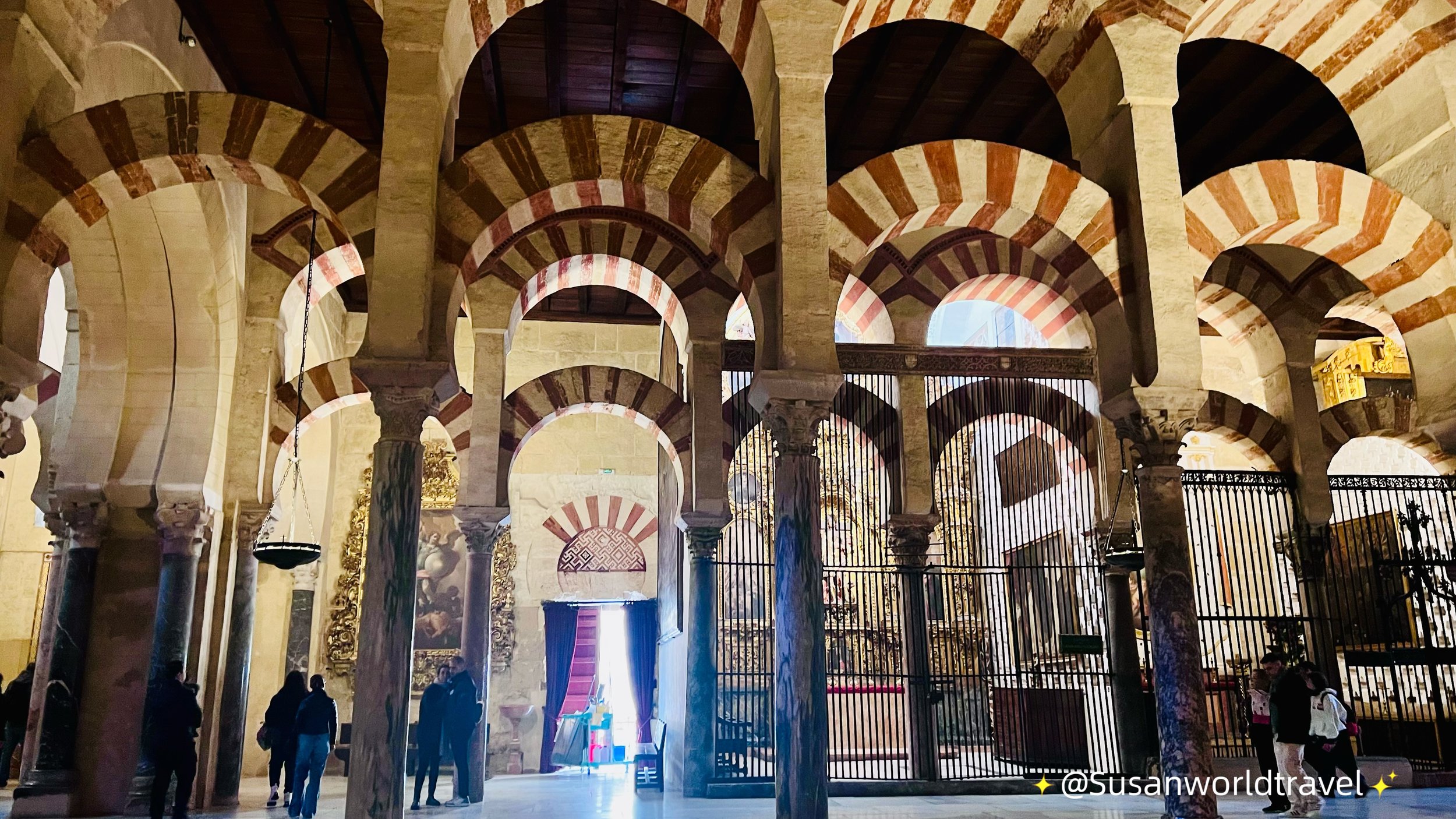
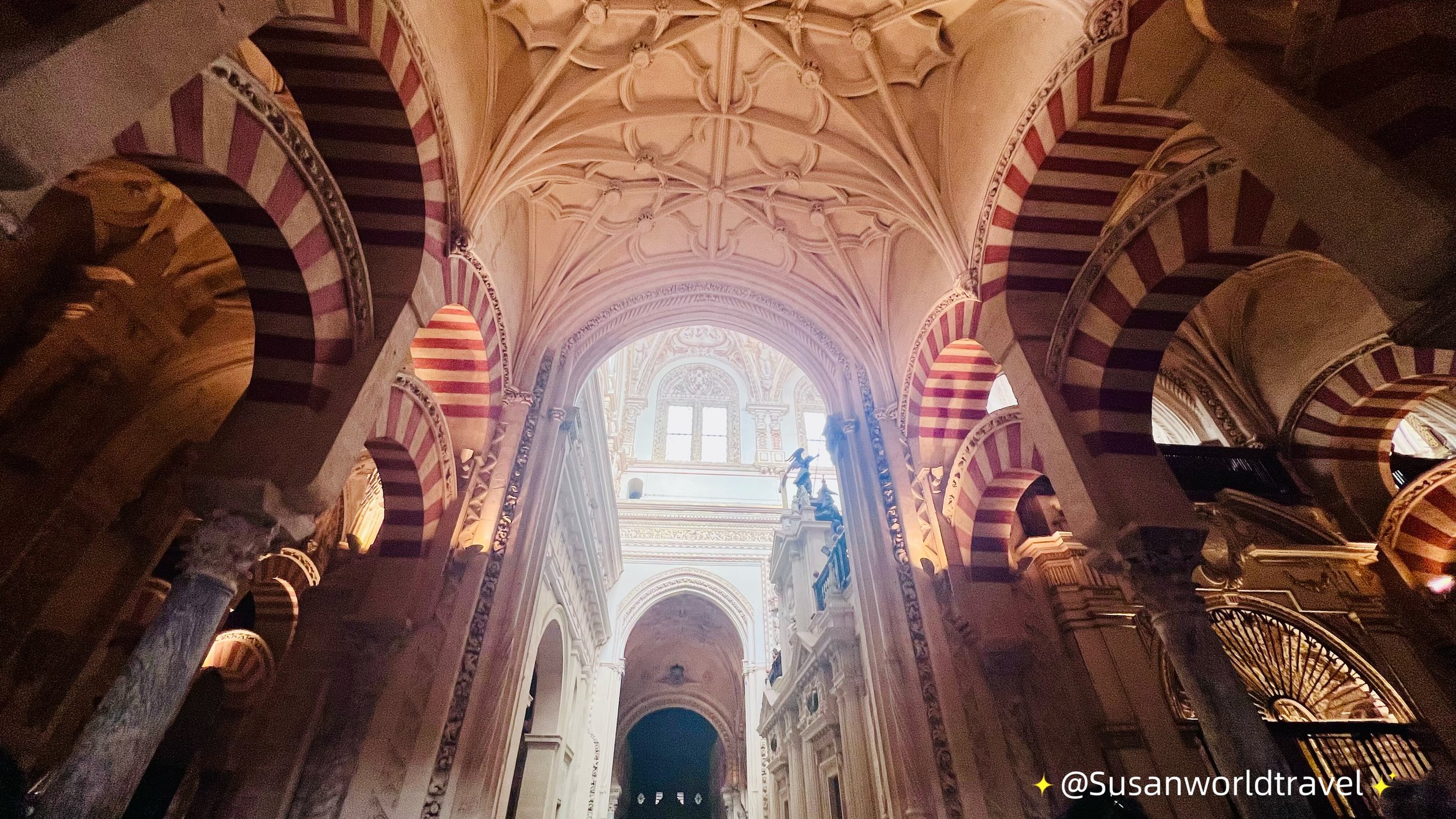
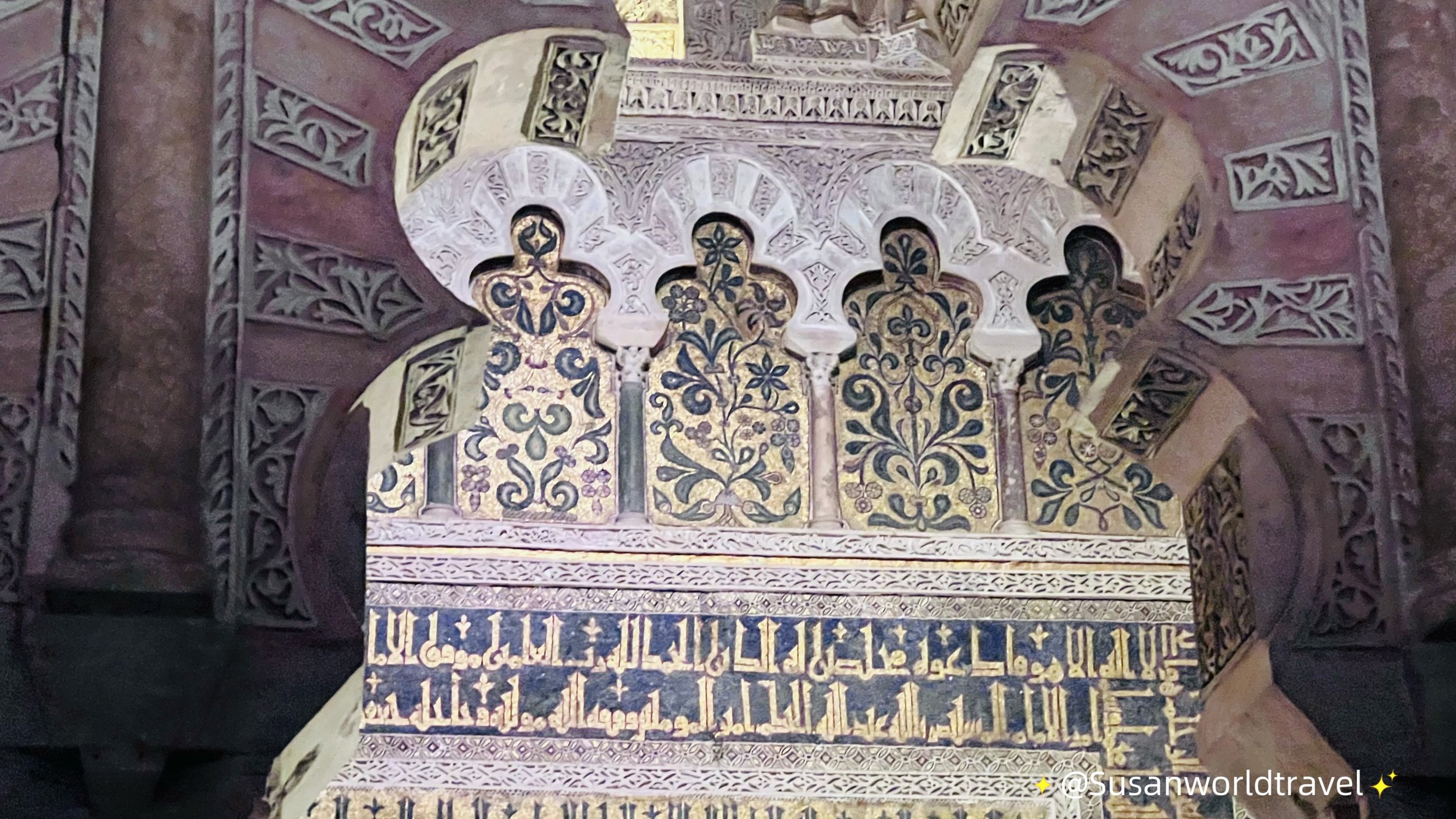

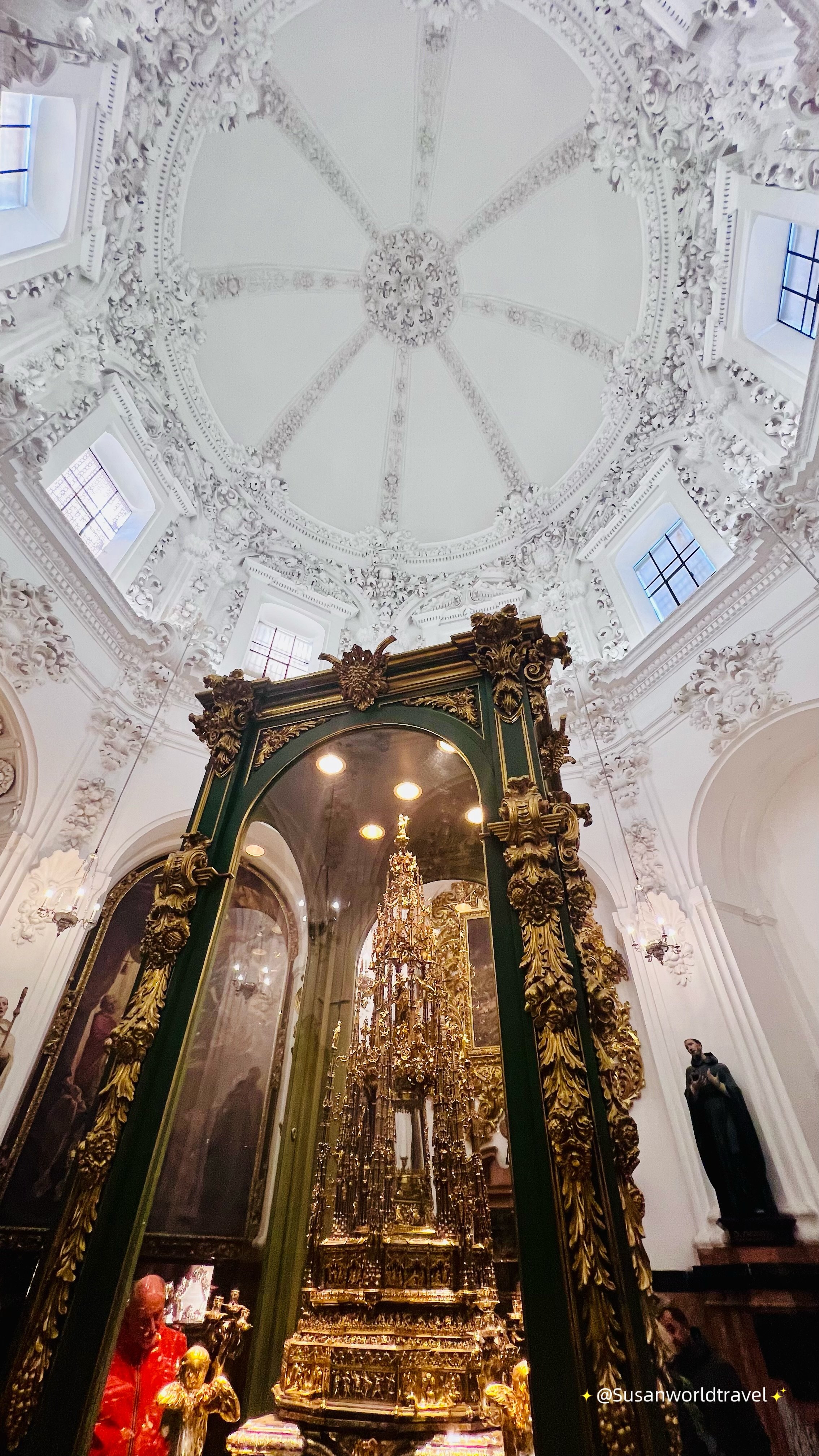
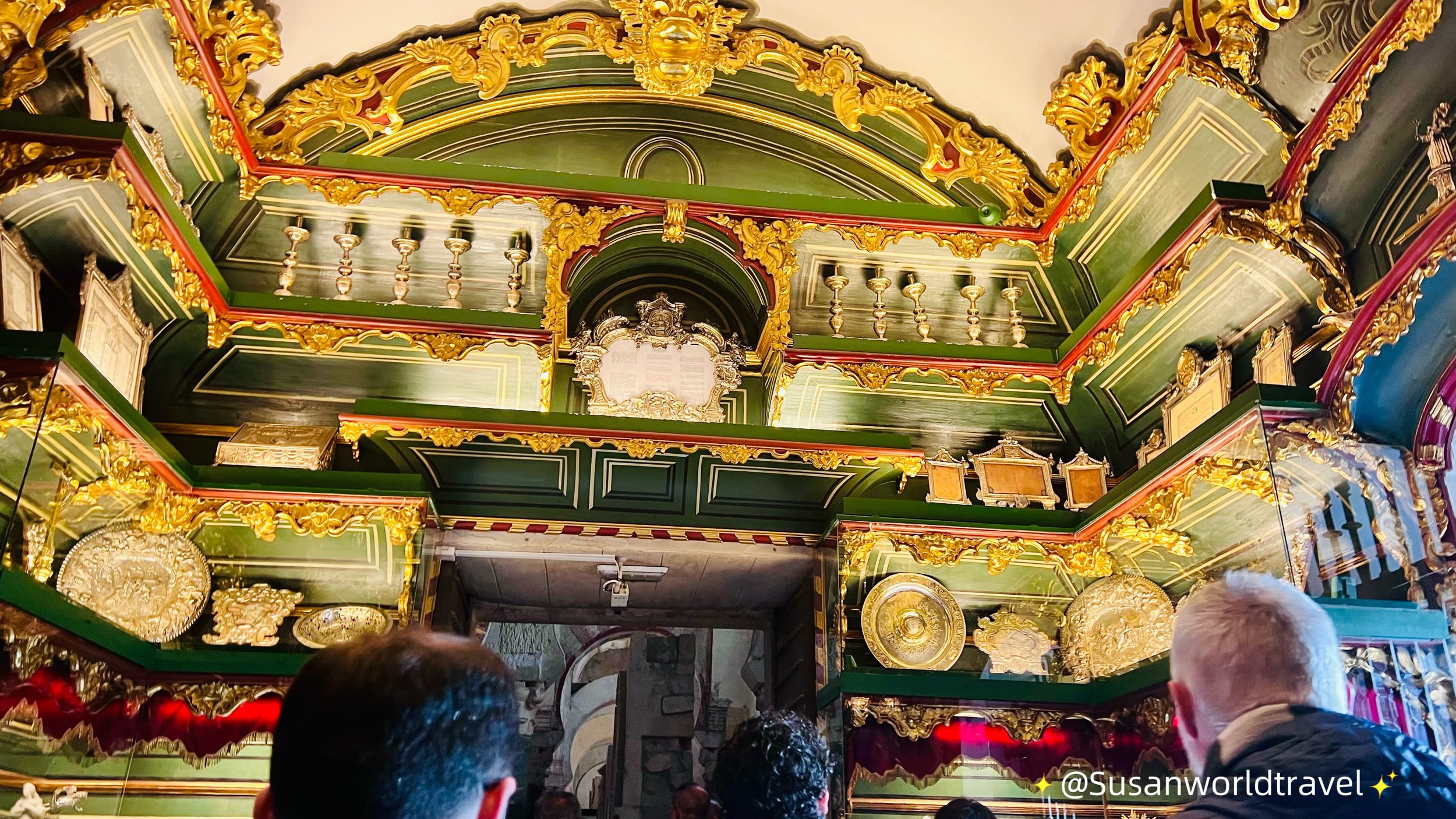

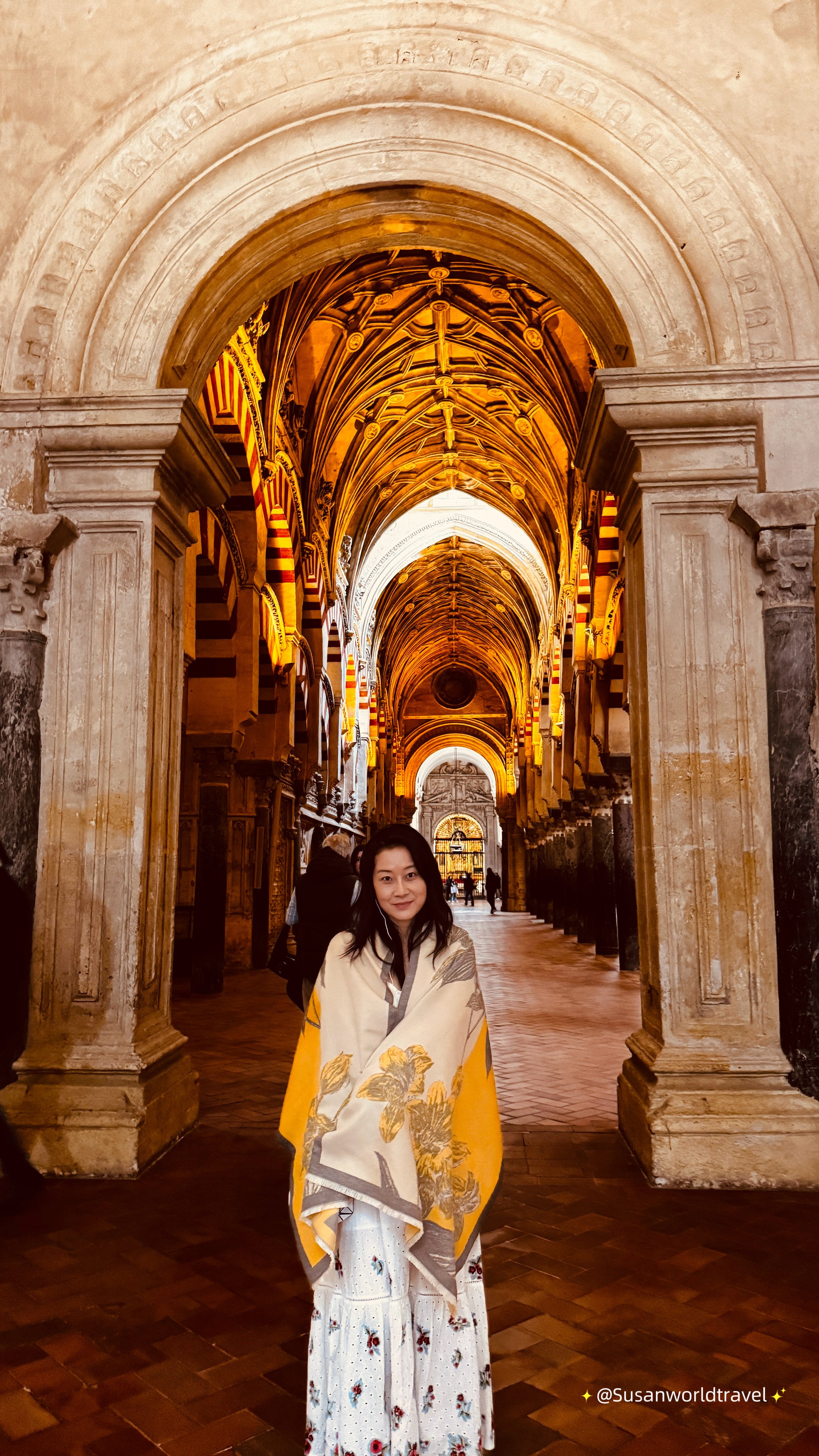

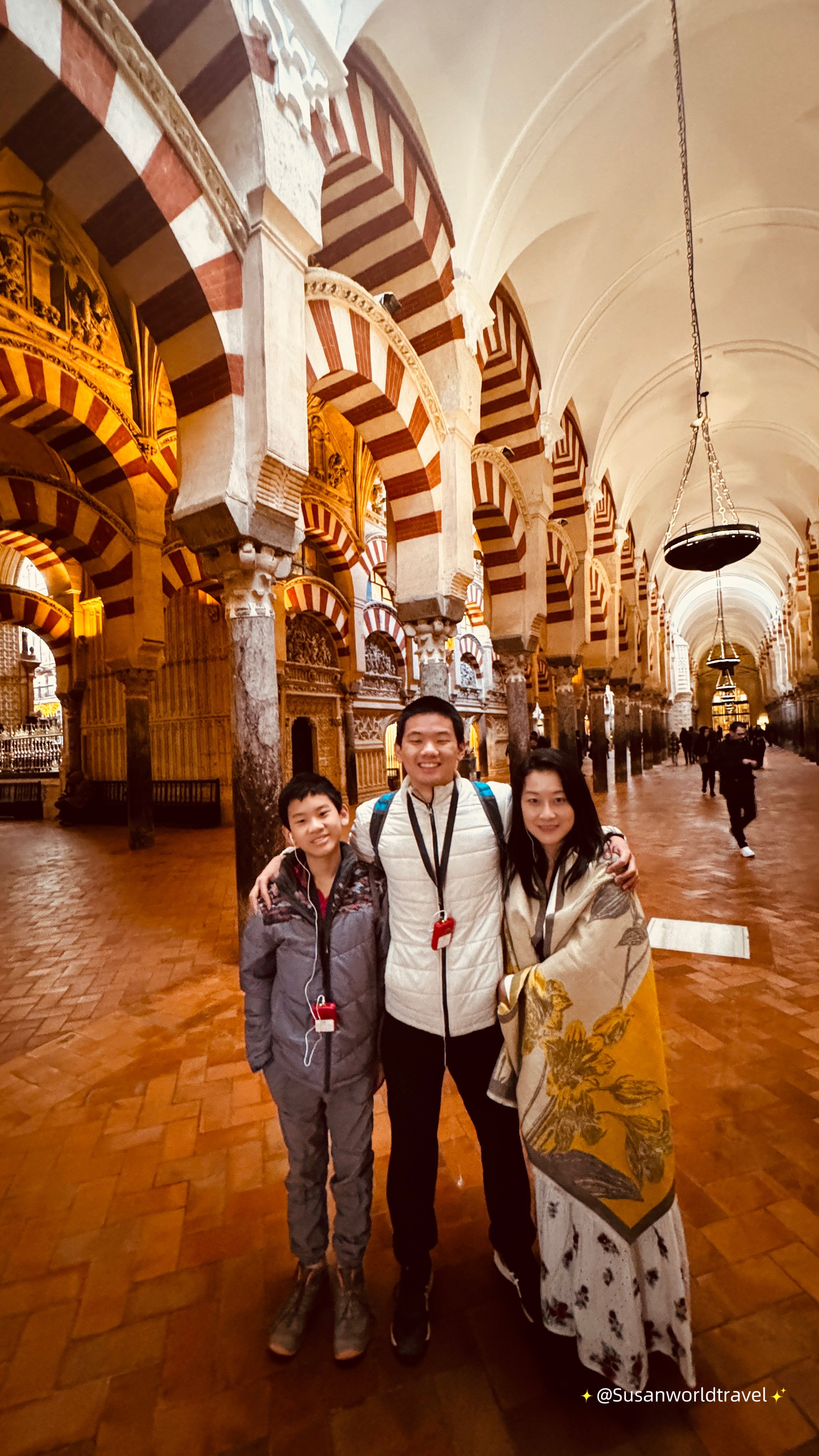
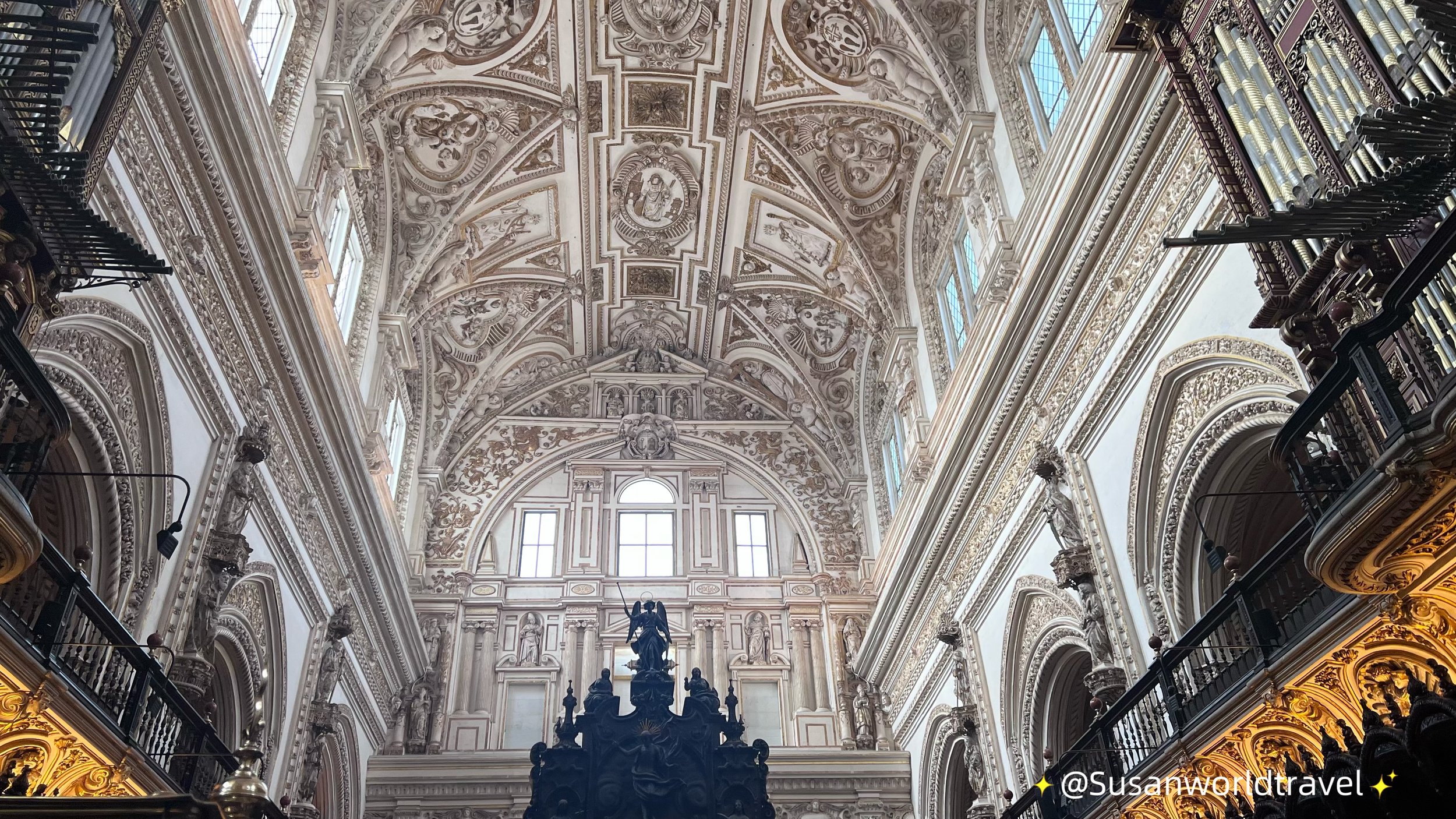

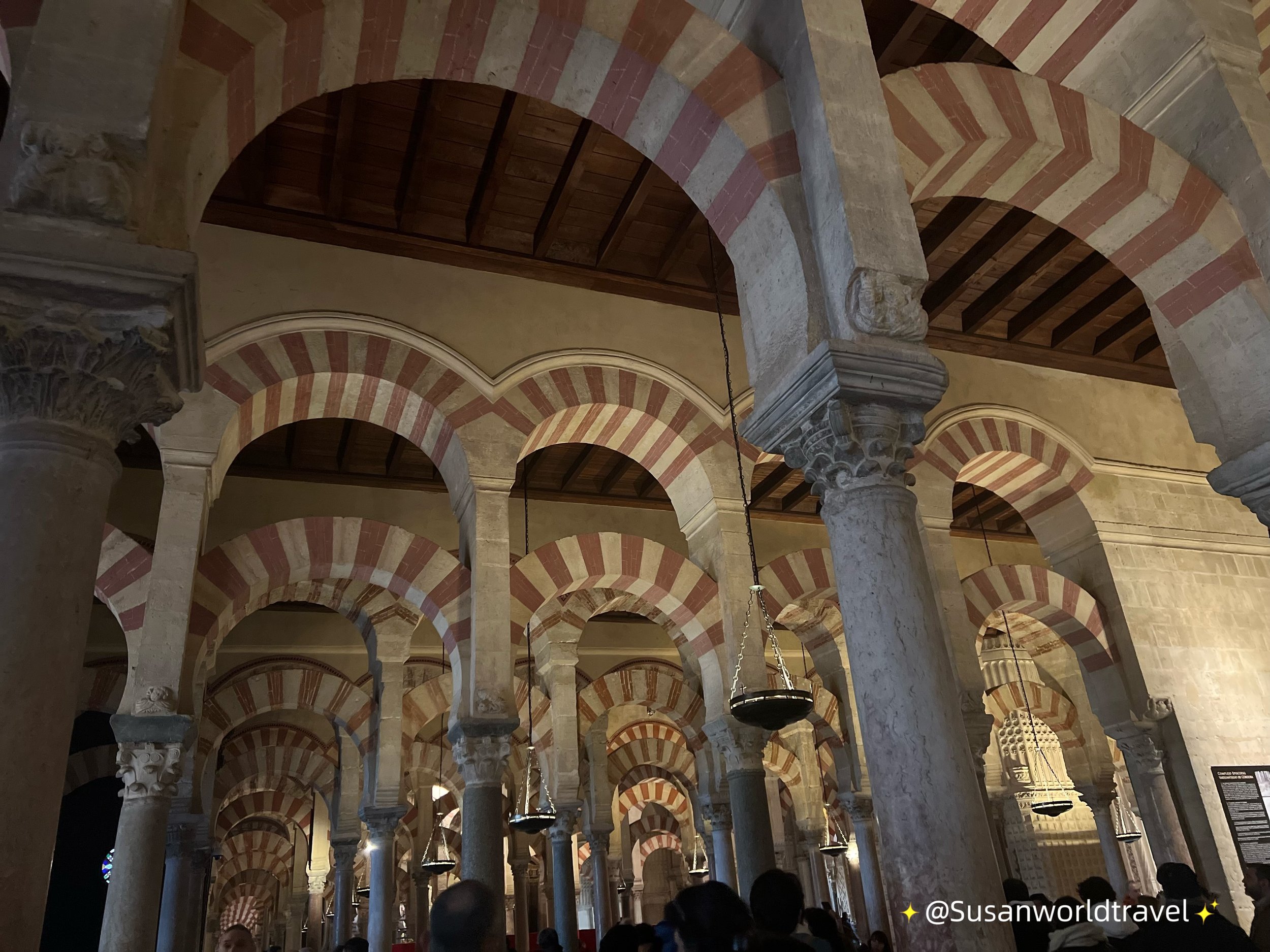
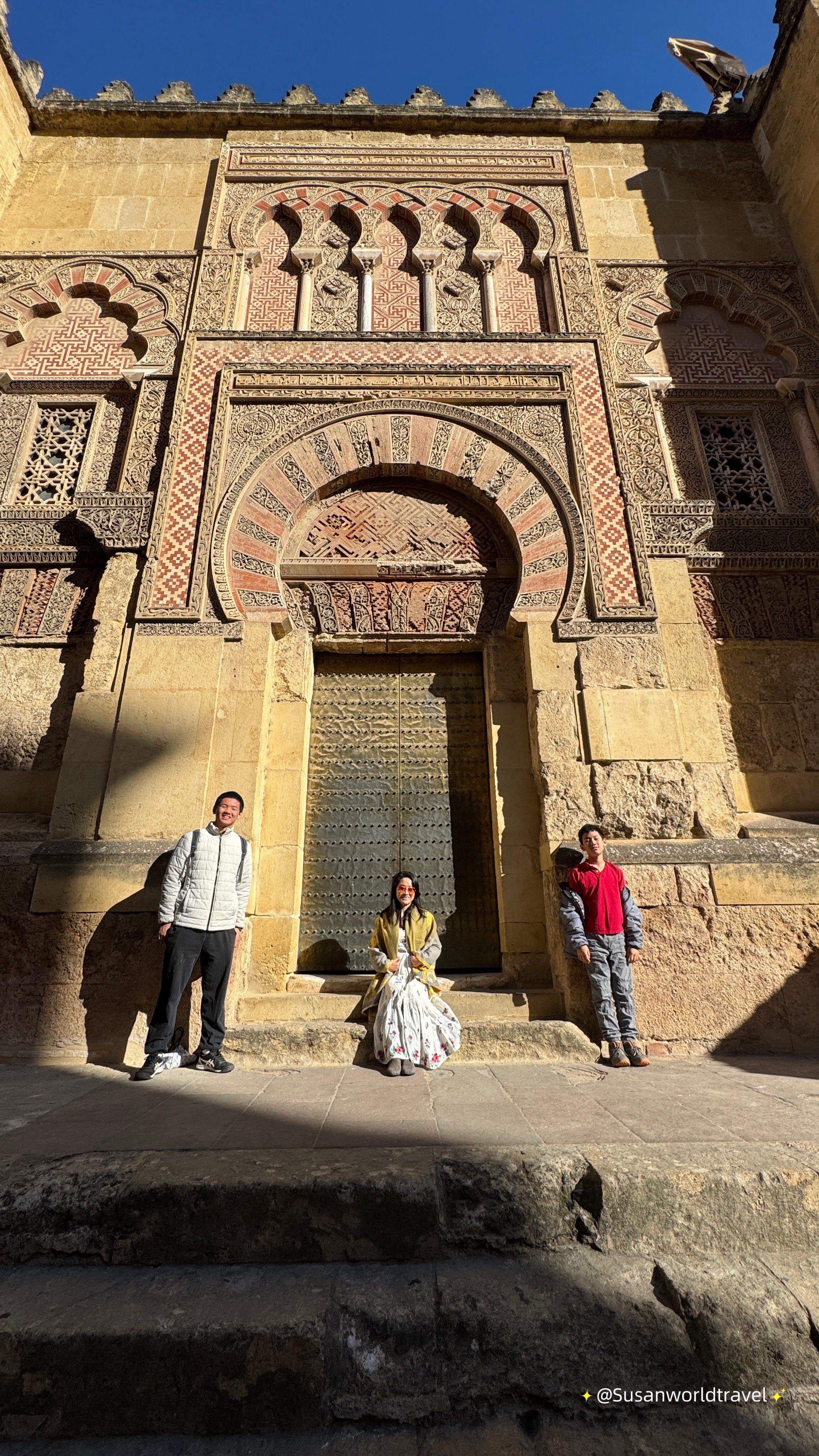
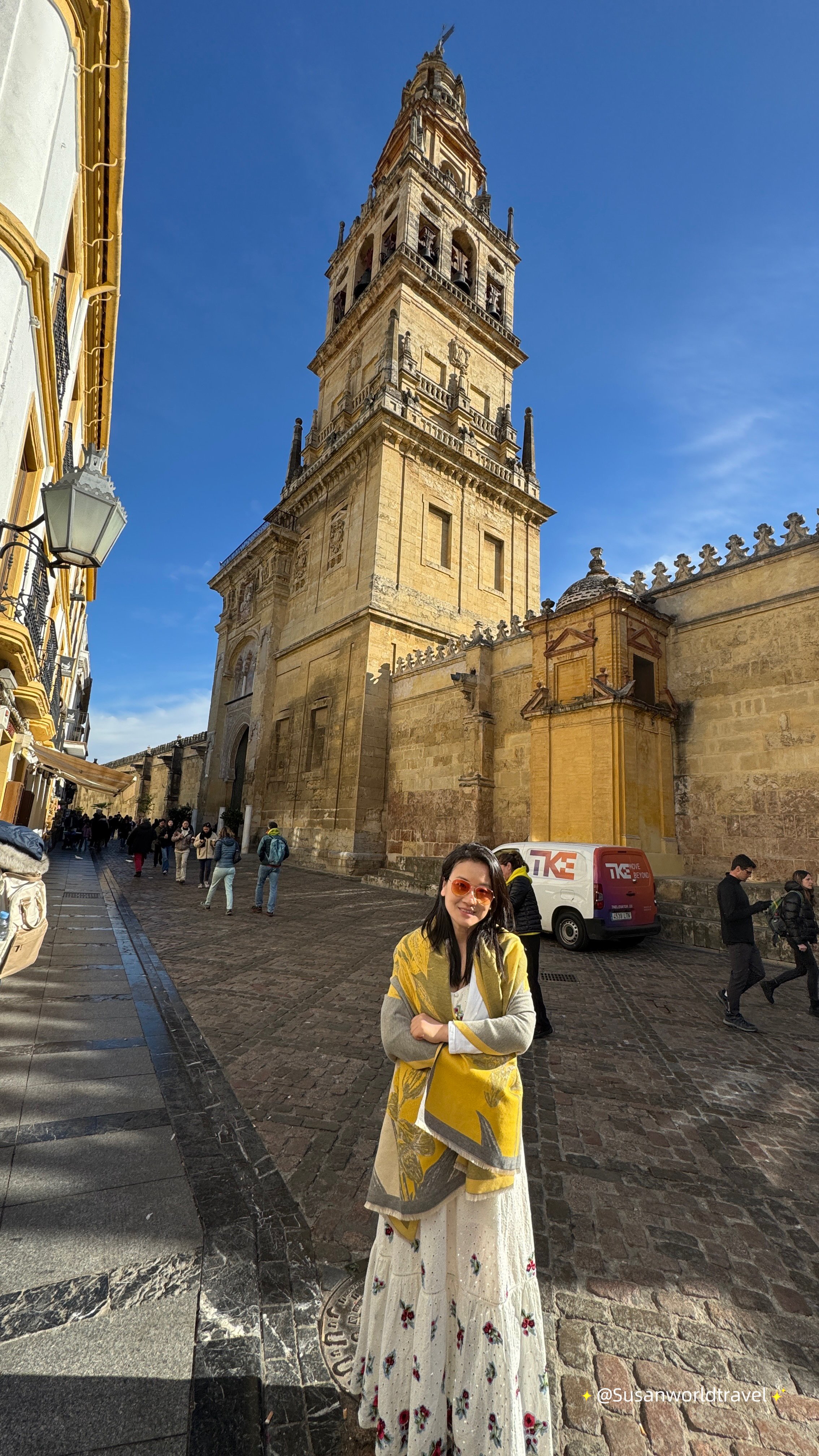
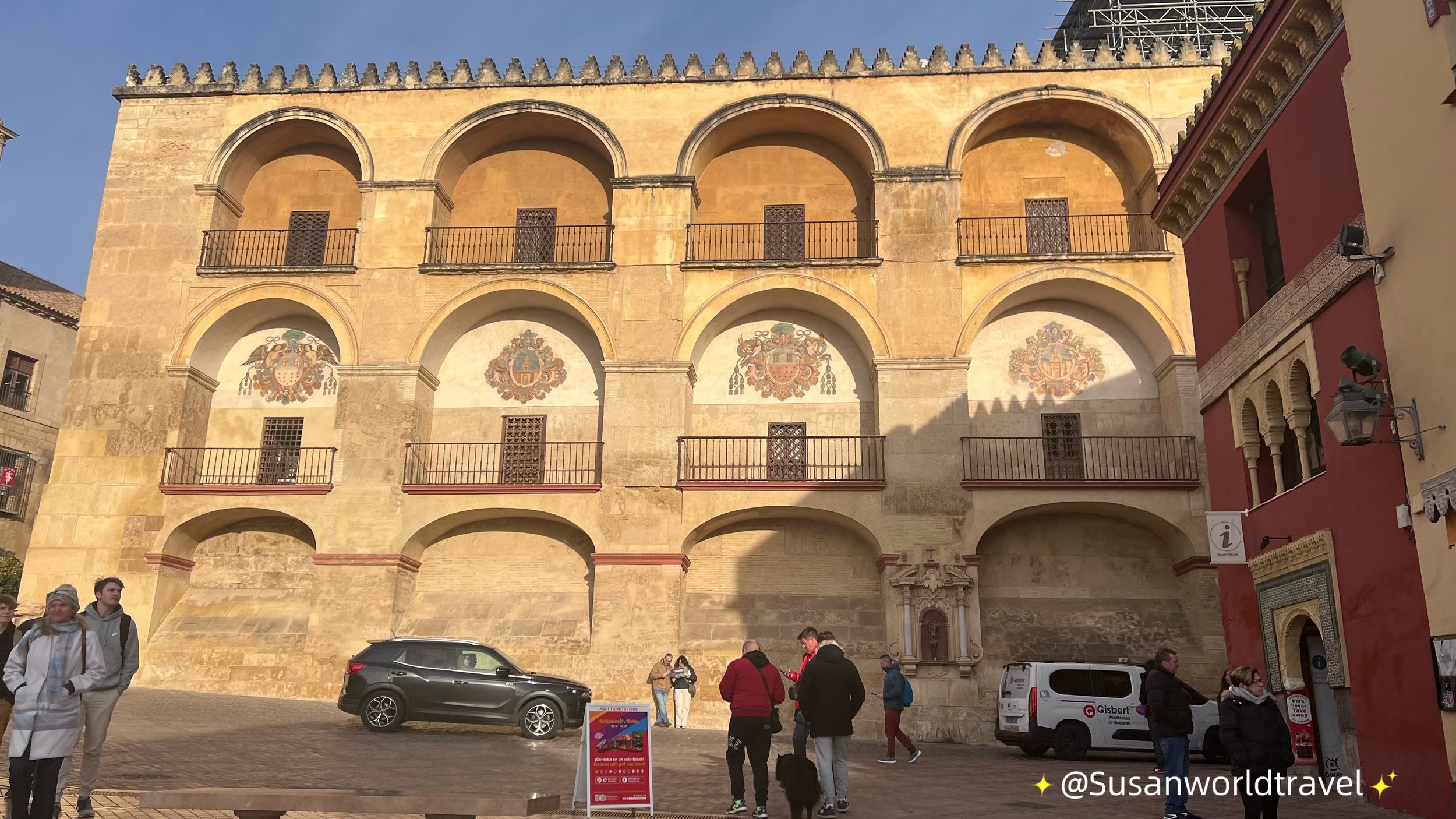
The Mezquita-Catedral de Córdoba is one of Spain's most remarkable architectural landmarks. Originally built as a mosque in the 8th century under the Umayyad Caliphate, it was later converted into a Christian cathedral in the 13th century after the Christian Reconquista. The mosque is renowned for its stunning horseshoe arches, double-tiered columns, and the mihrab (prayer niche), creating a striking fusion of Islamic and Christian architectural styles. The mosque’s forest of columns and intricate mosaics make it an exceptional example of Islamic art and architecture.
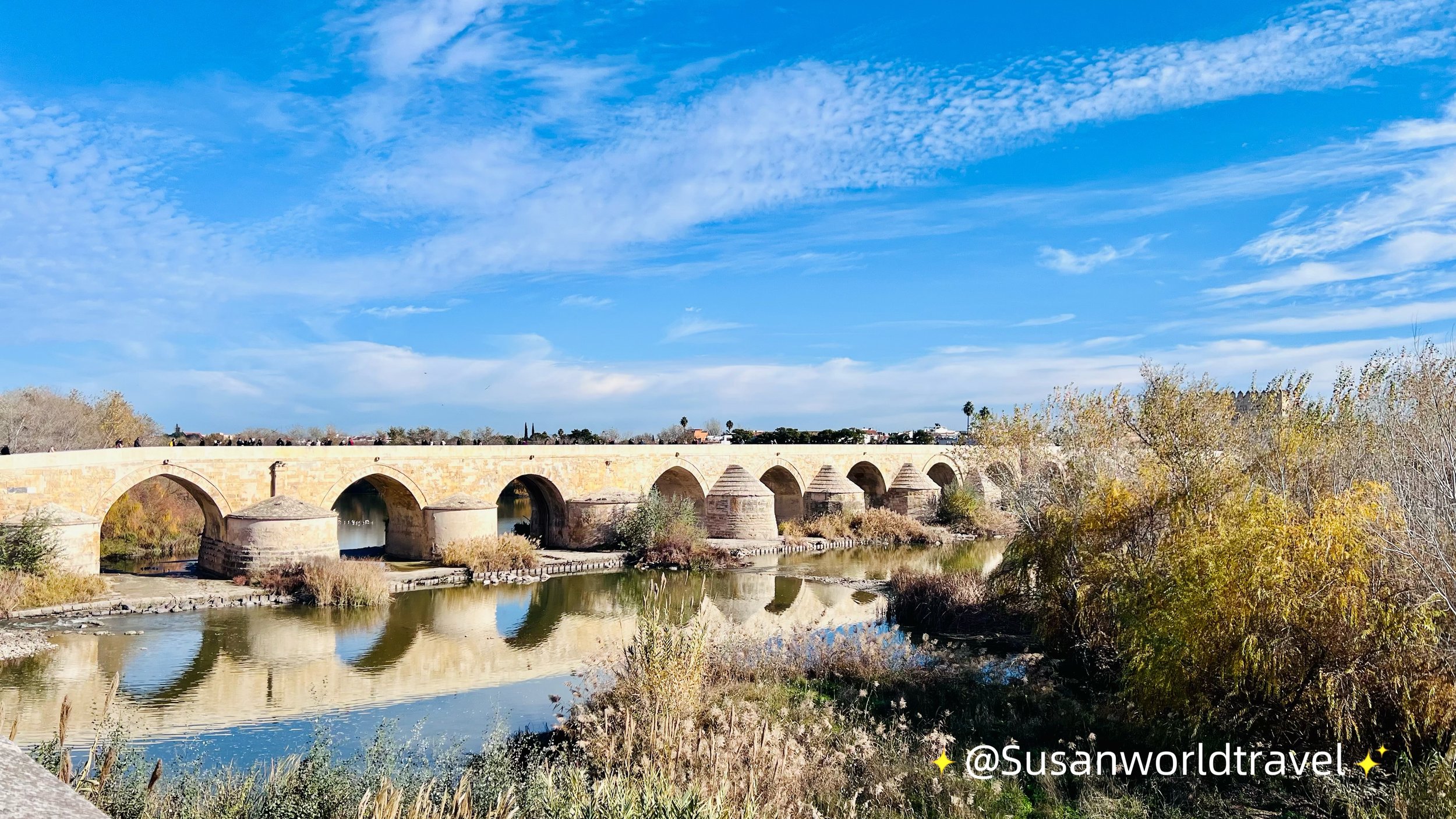
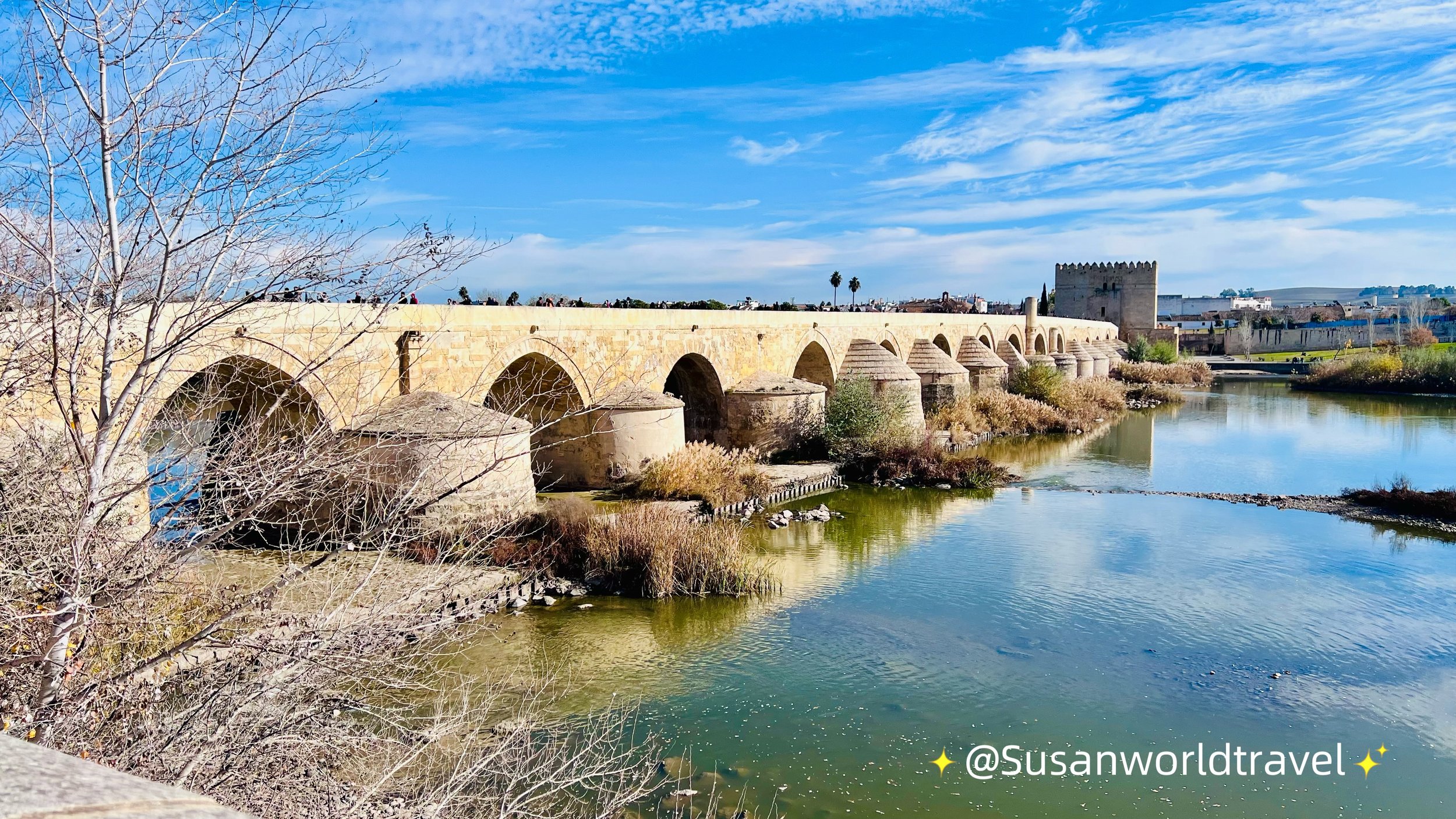
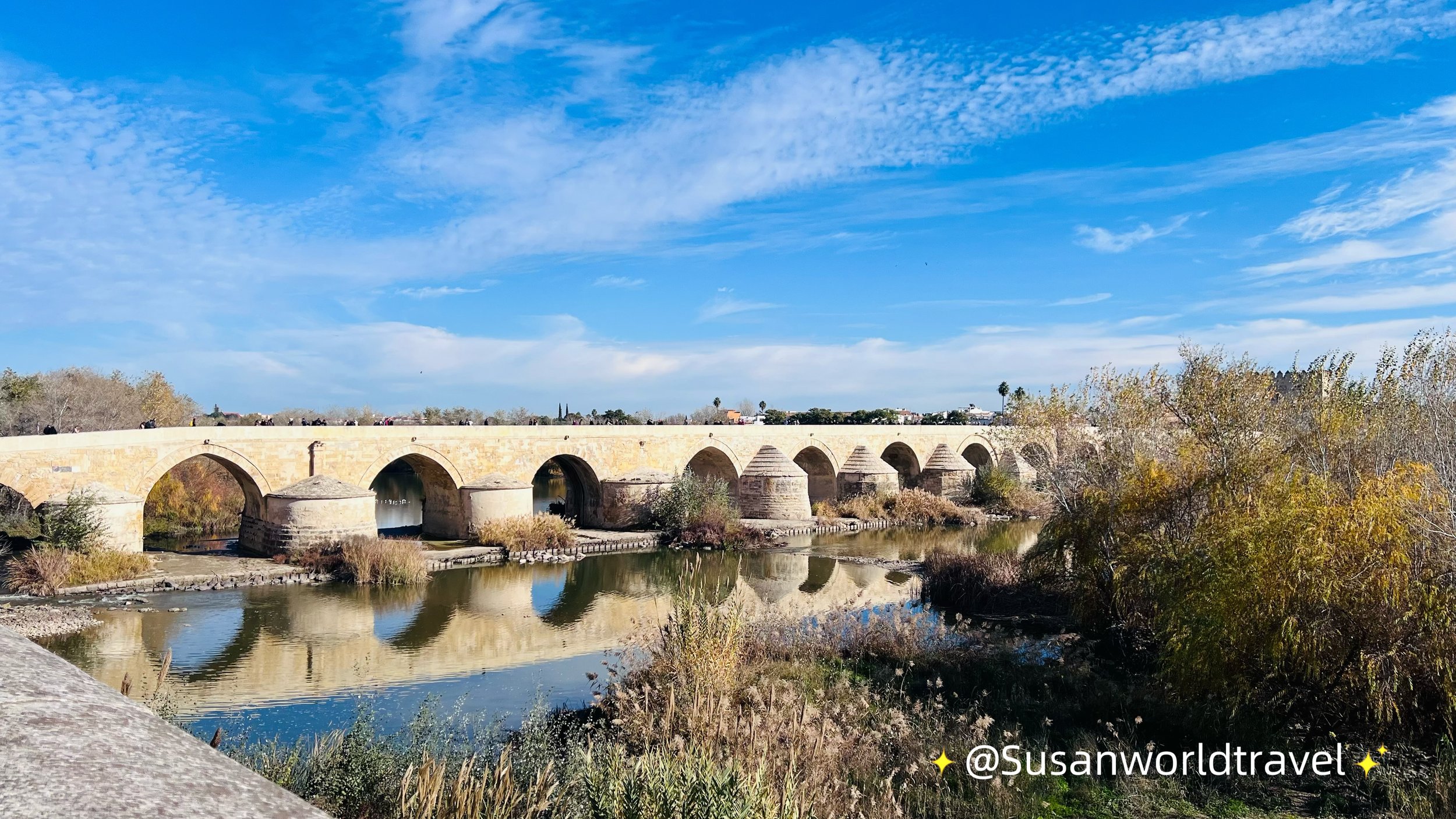
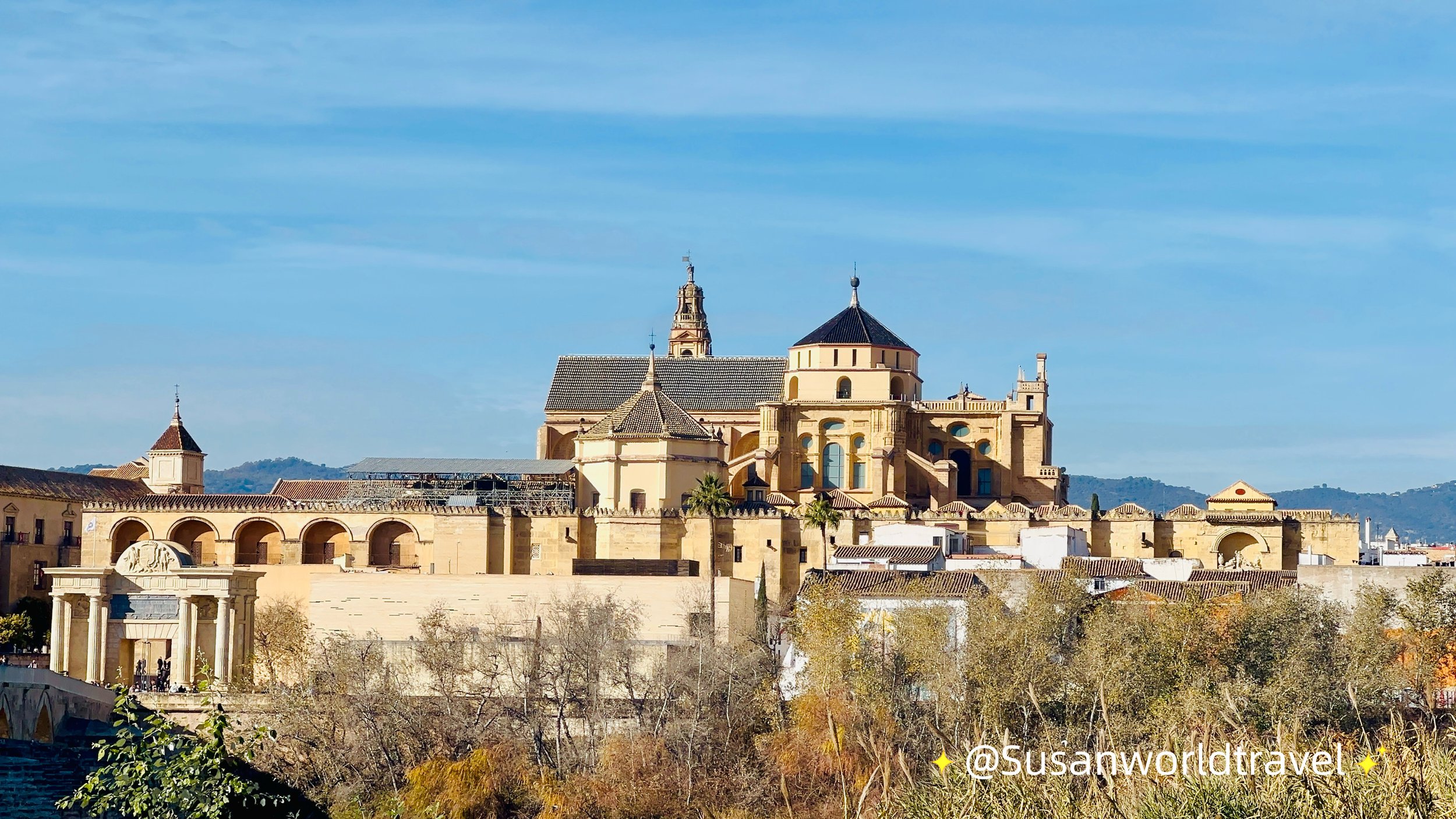
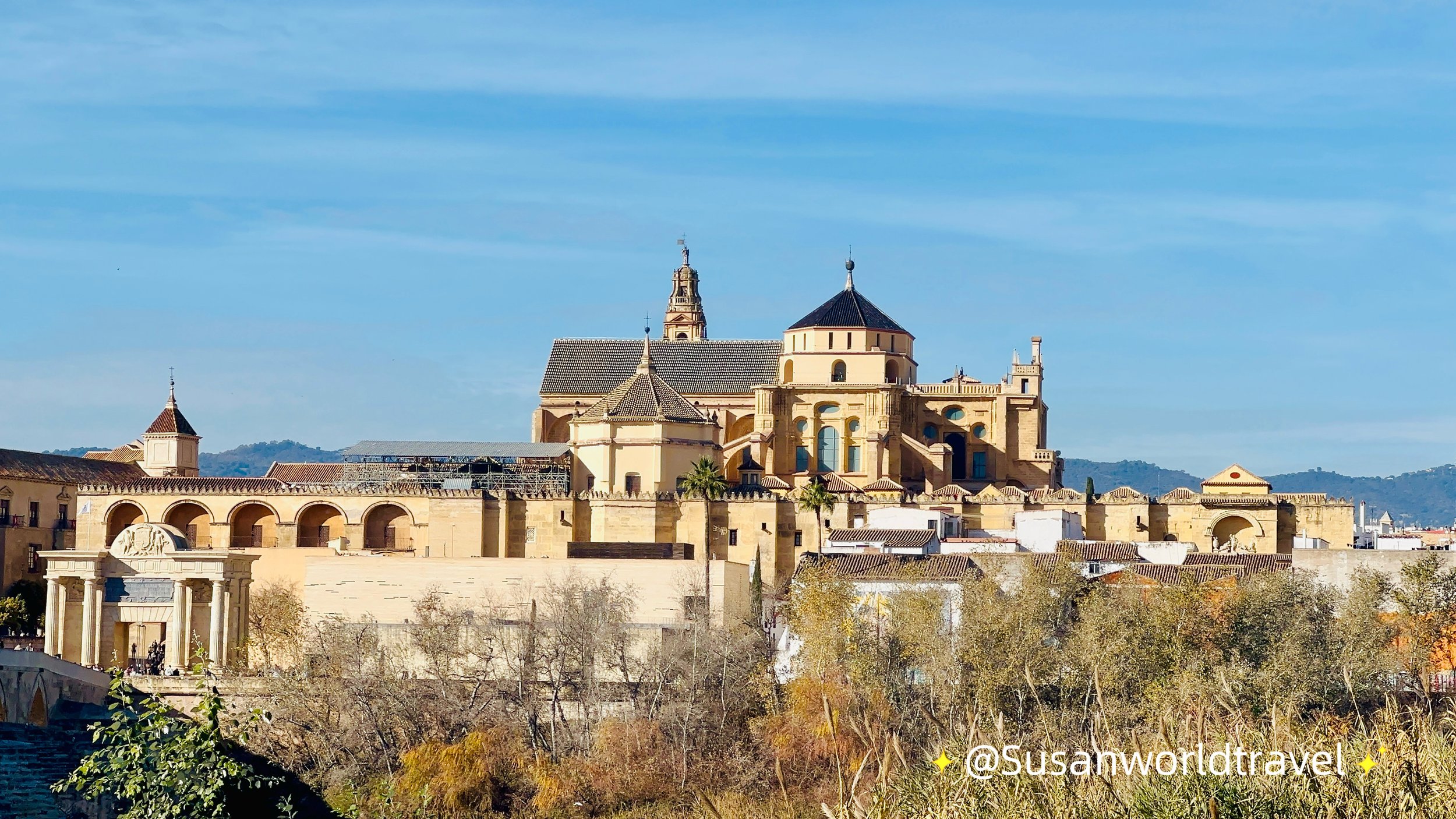
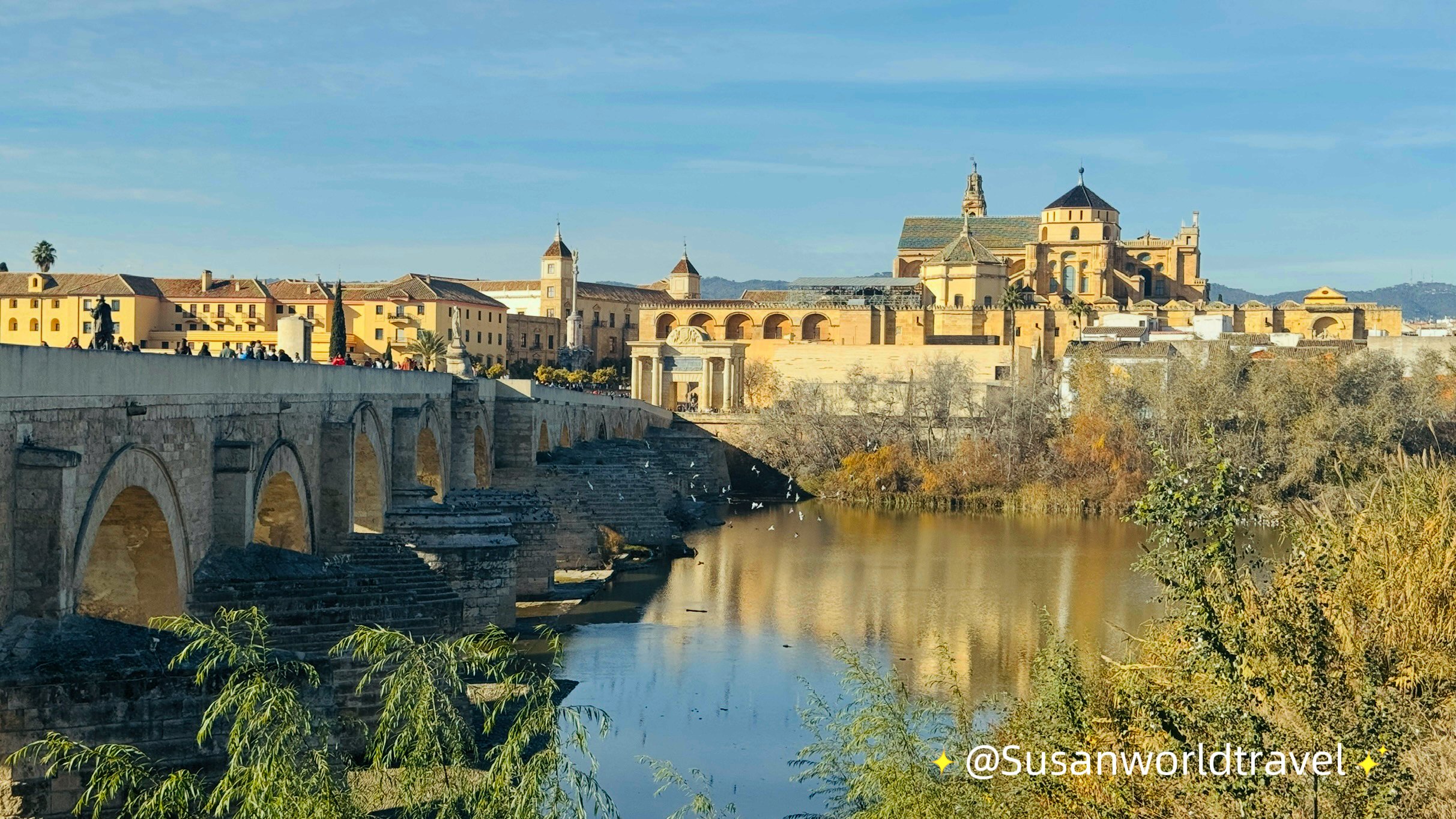
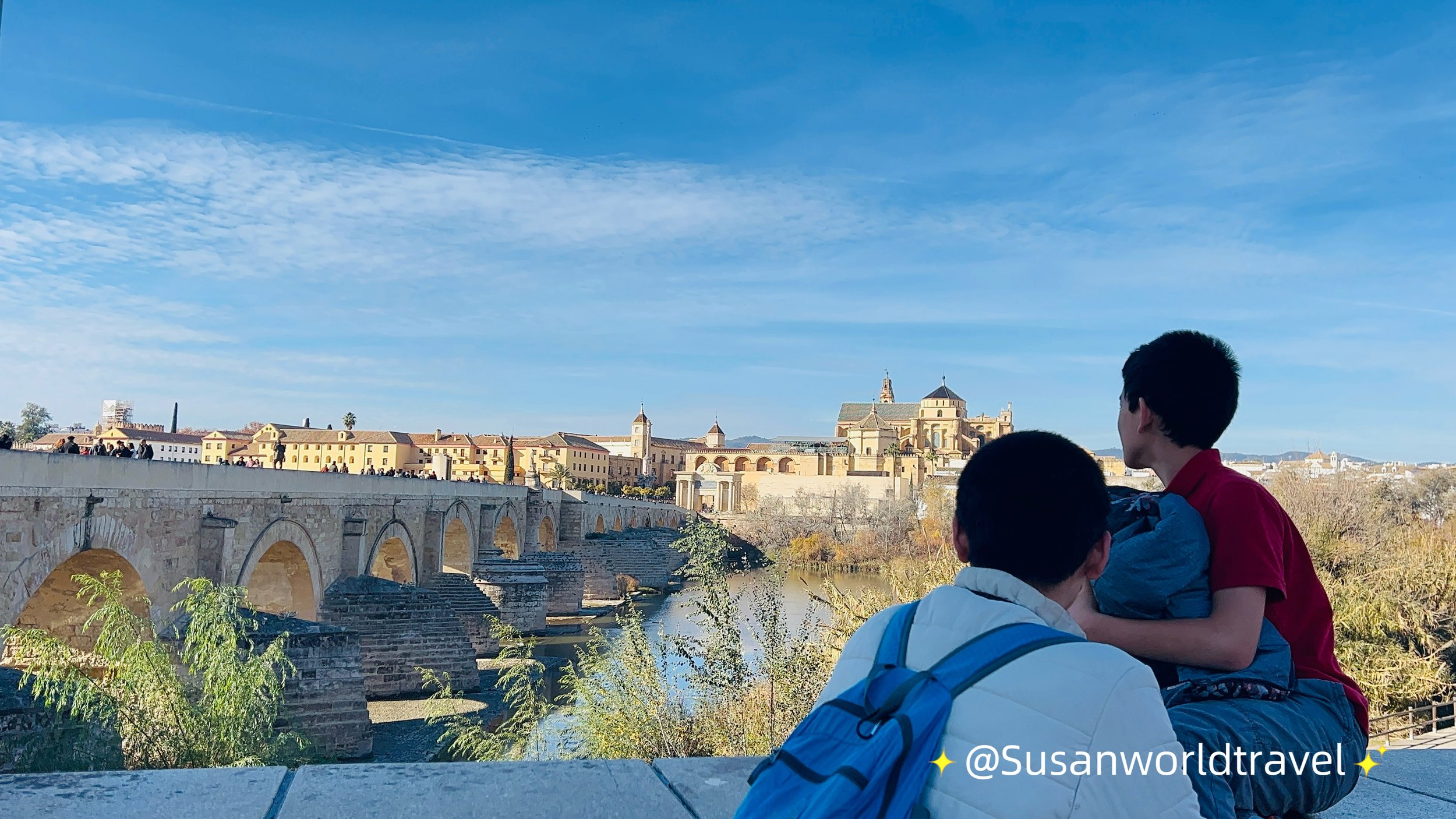


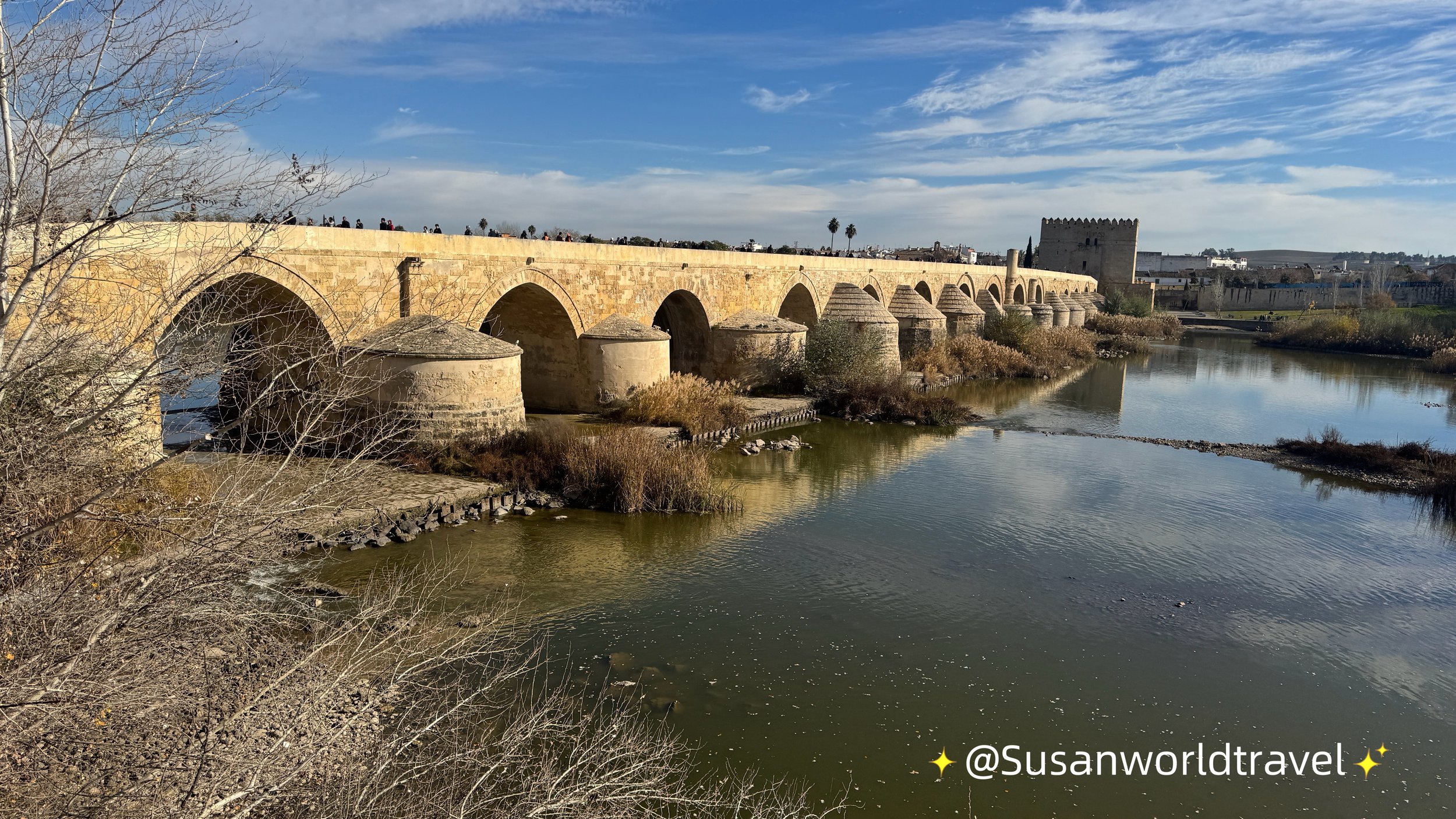
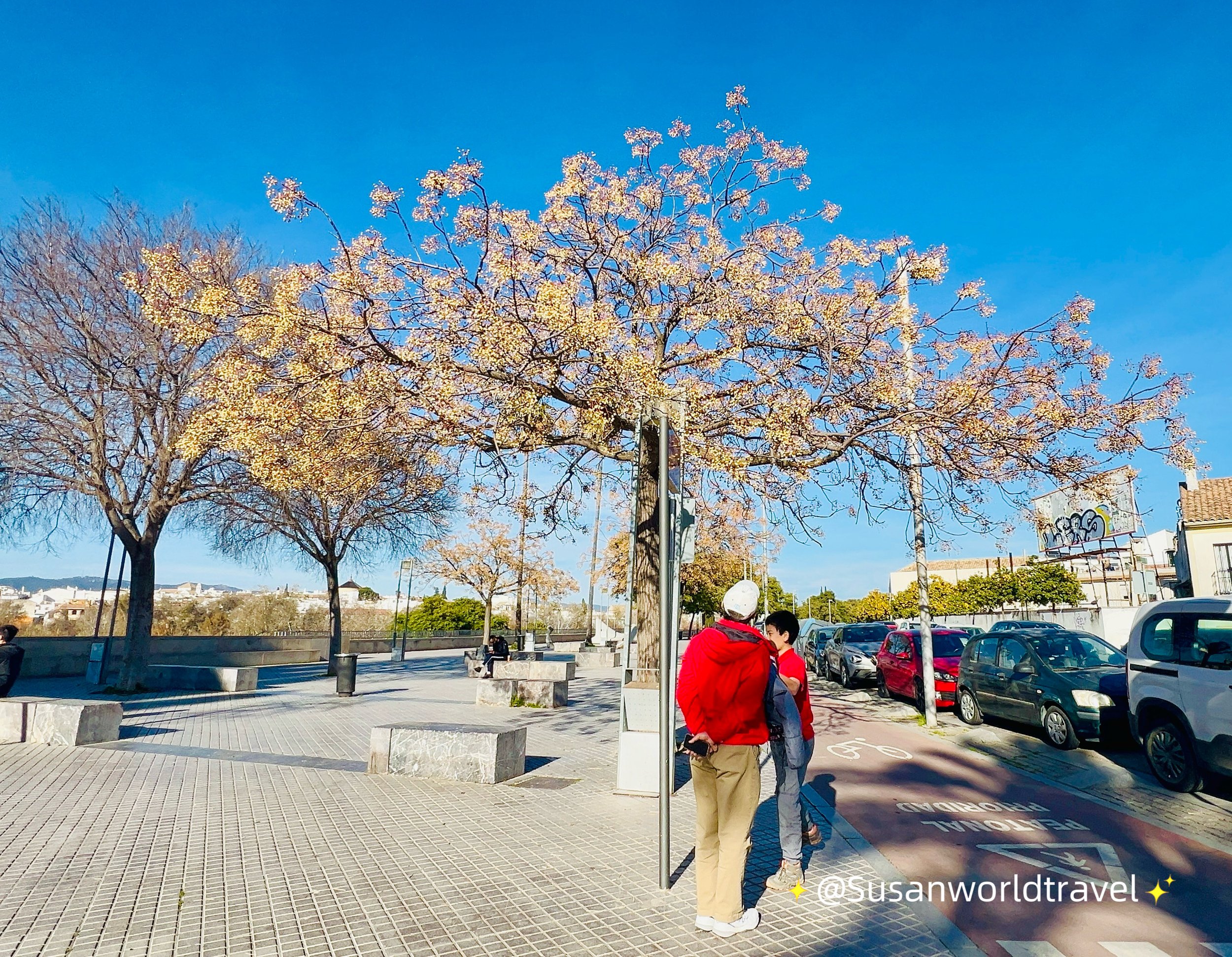
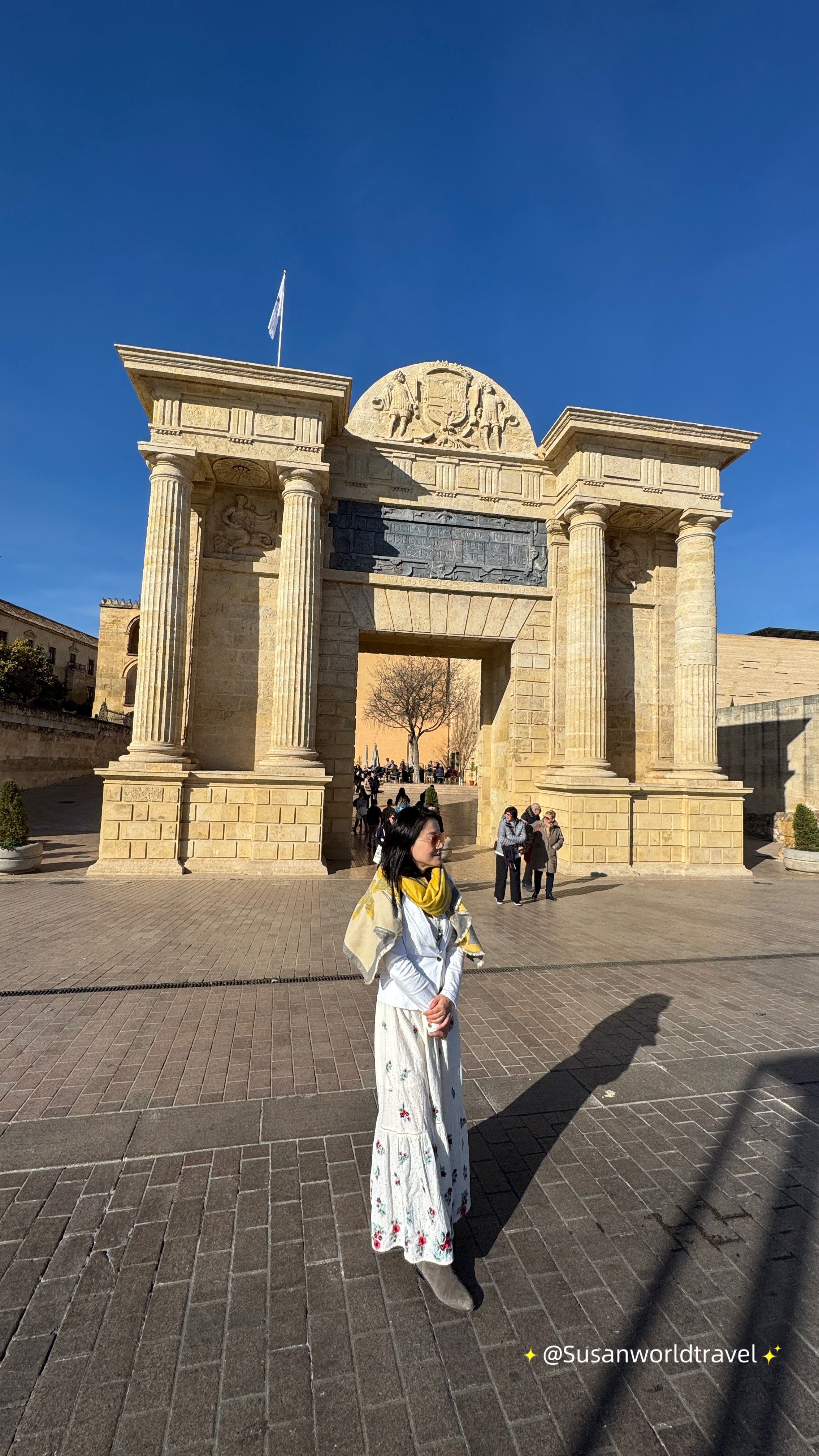
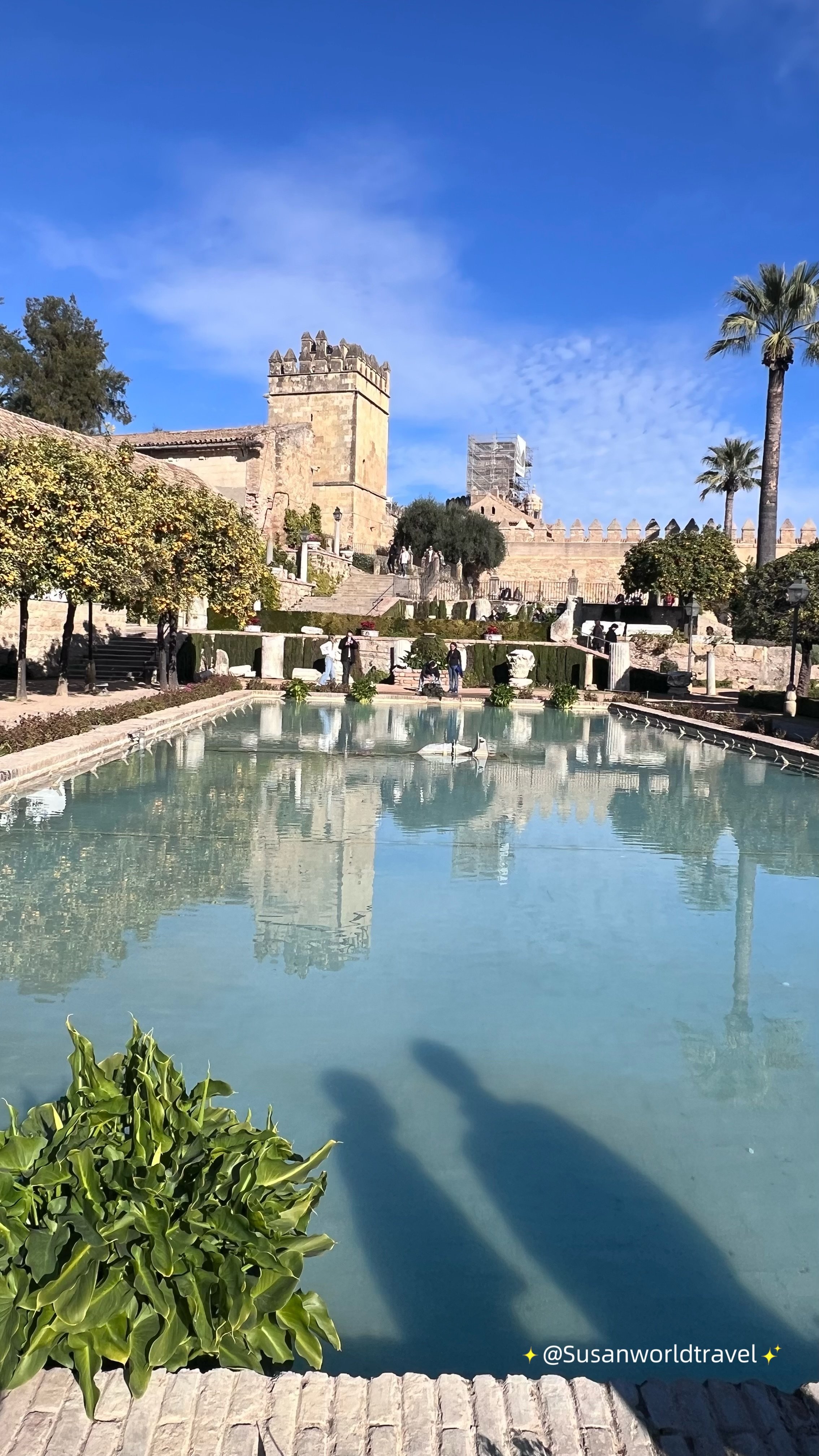
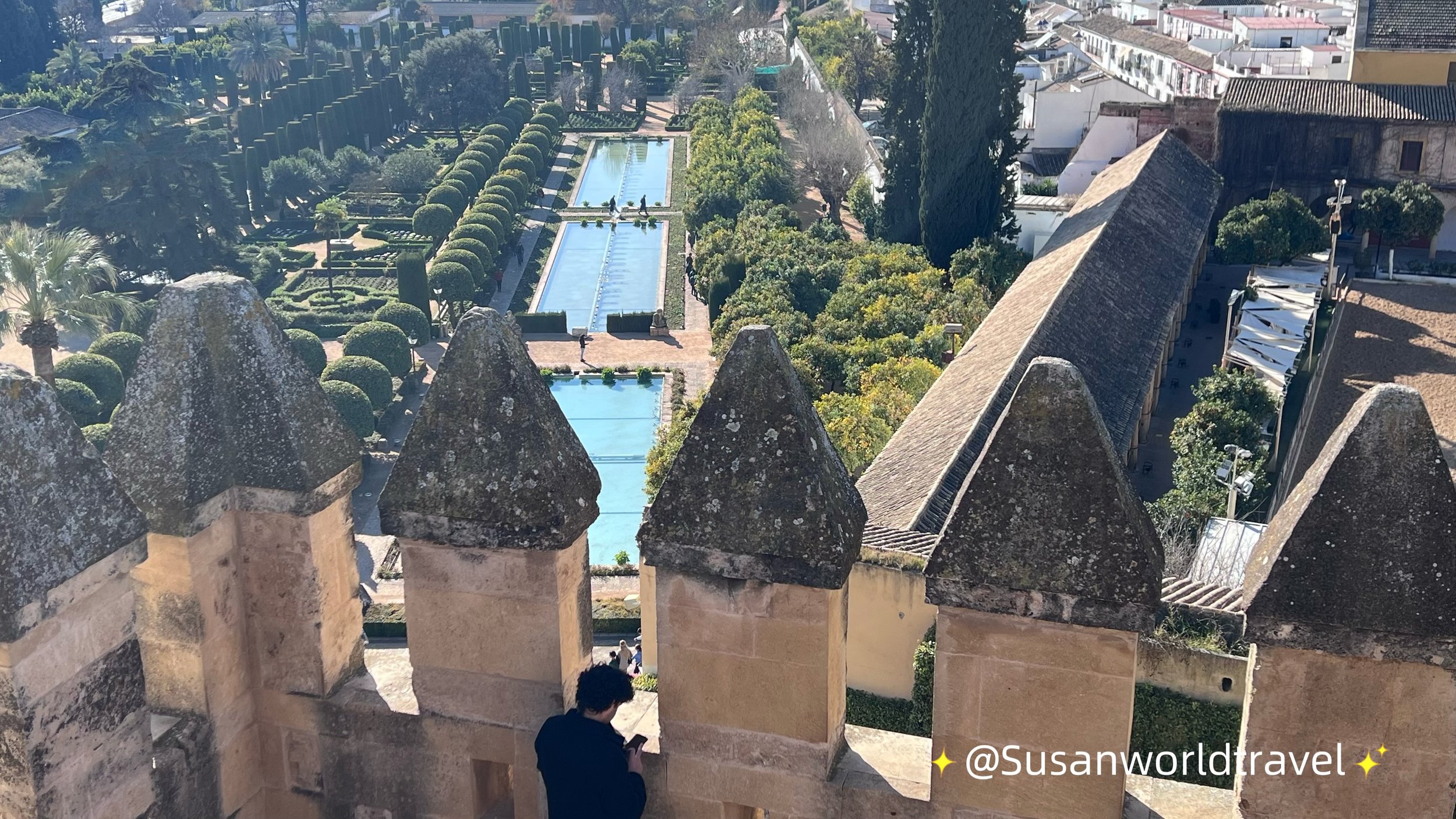
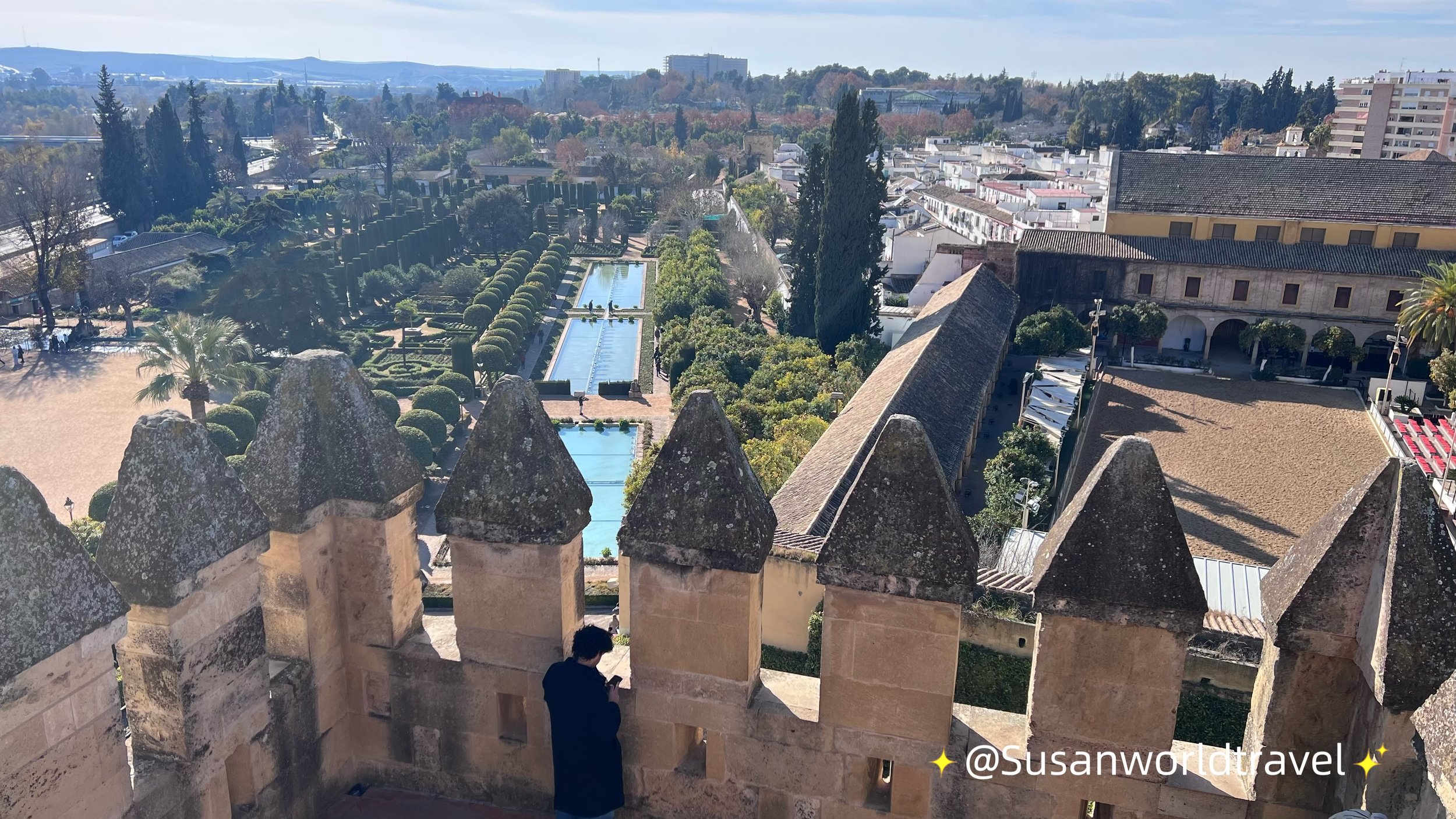
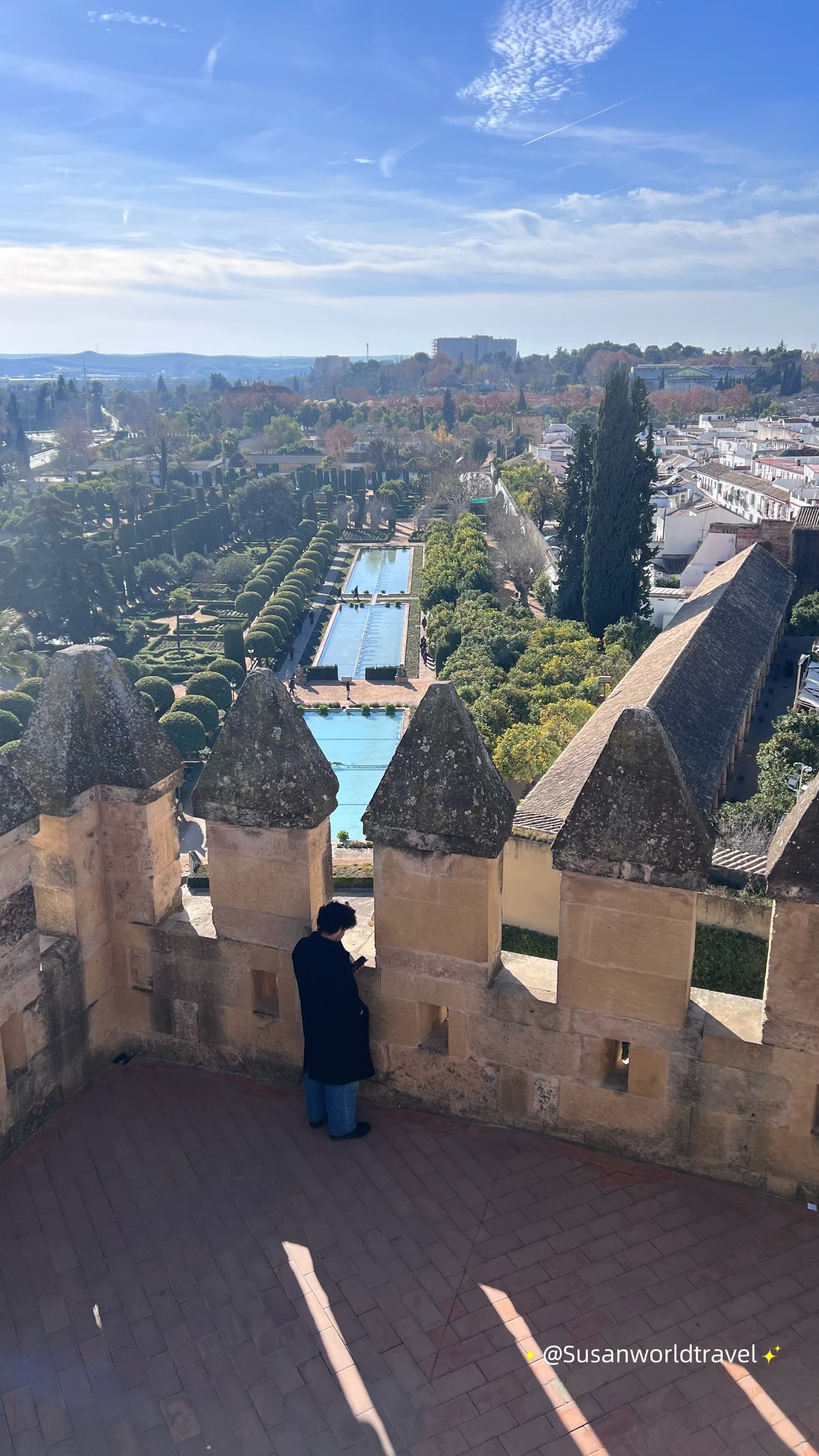
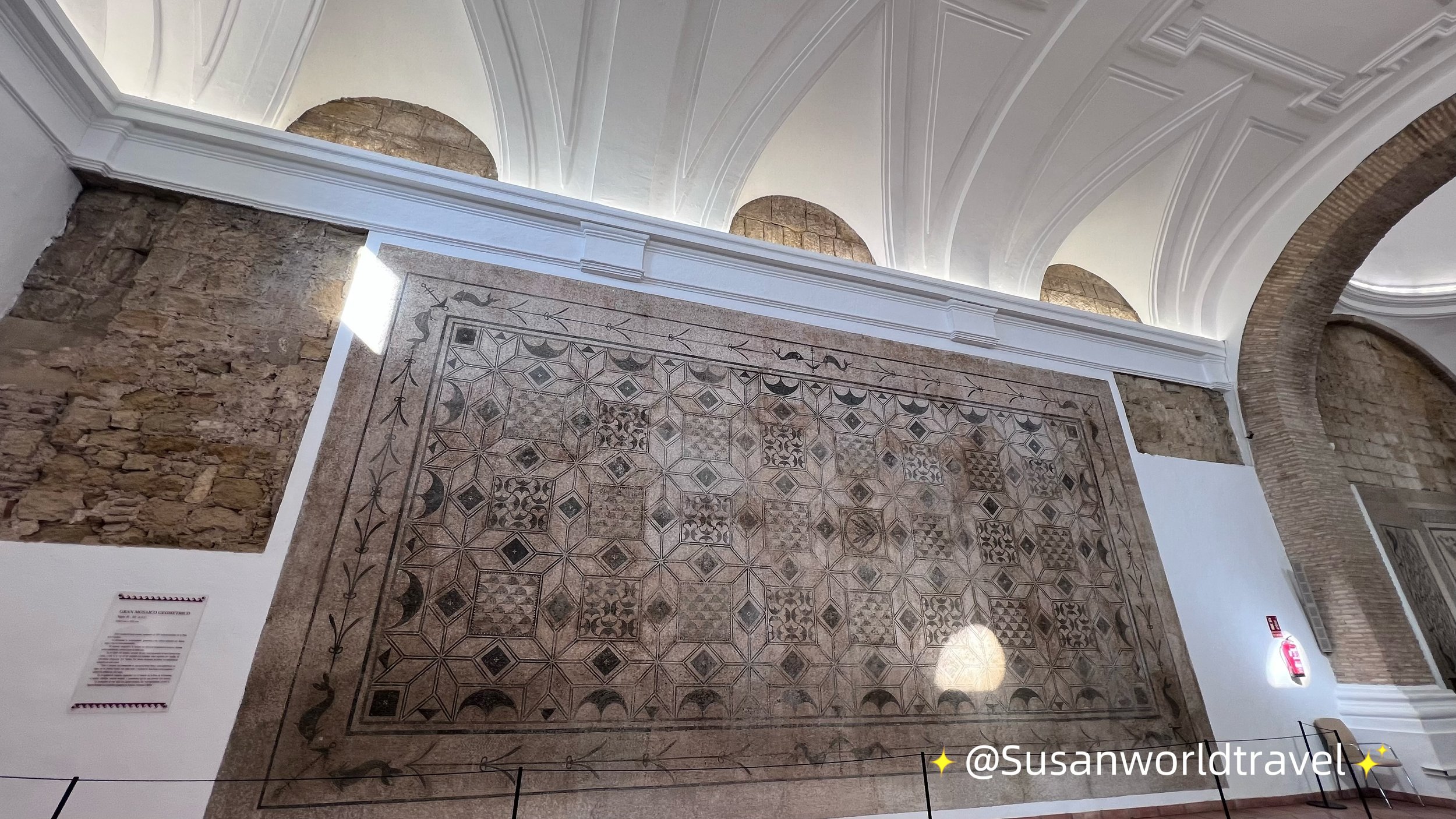
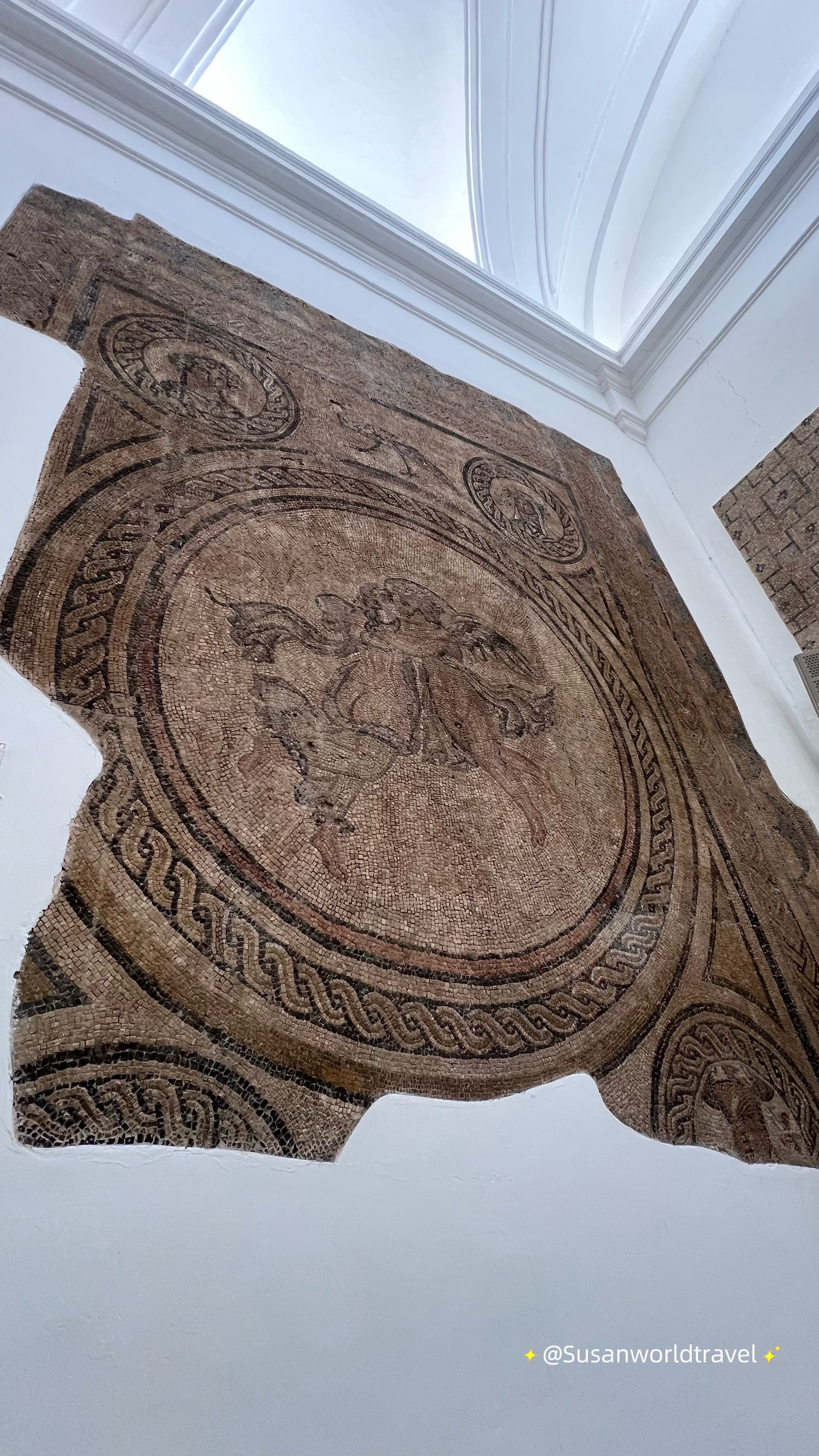
The Roman Bridge of Córdoba (Puente Romano de Córdoba) is an ancient bridge that spans the Guadalquivir River, connecting the historic center of Córdoba to the western part of the city. Built by the Romans in the 1st century BCE, the bridge has undergone several reconstructions over the centuries but still retains its Roman charm with 16 arches. It offers stunning views of the city, including the iconic Mezquita-Catedral and Alcázar de los Reyes Cristianos. It is often referred to as one of the most important Roman bridges in Spain.
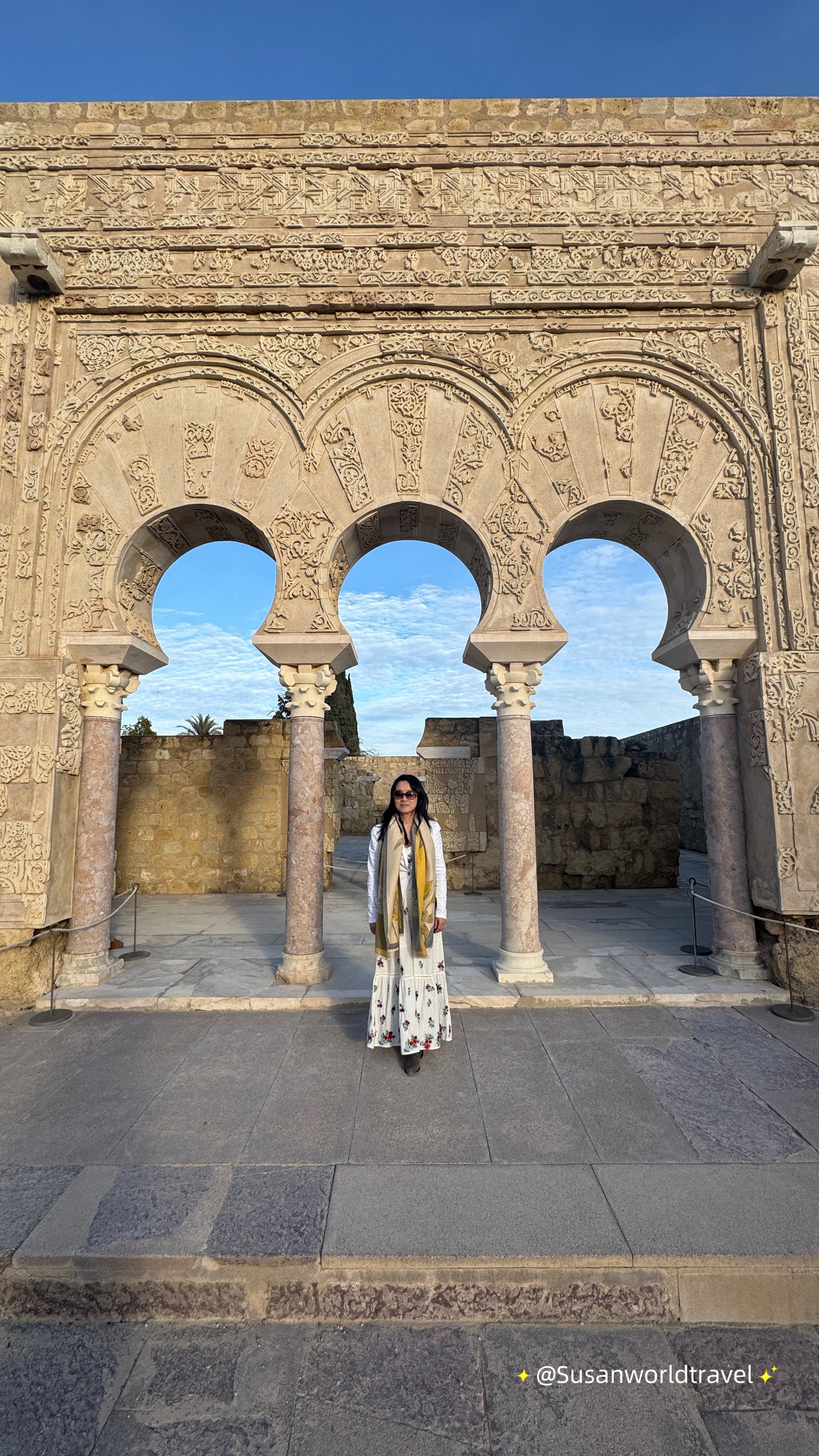
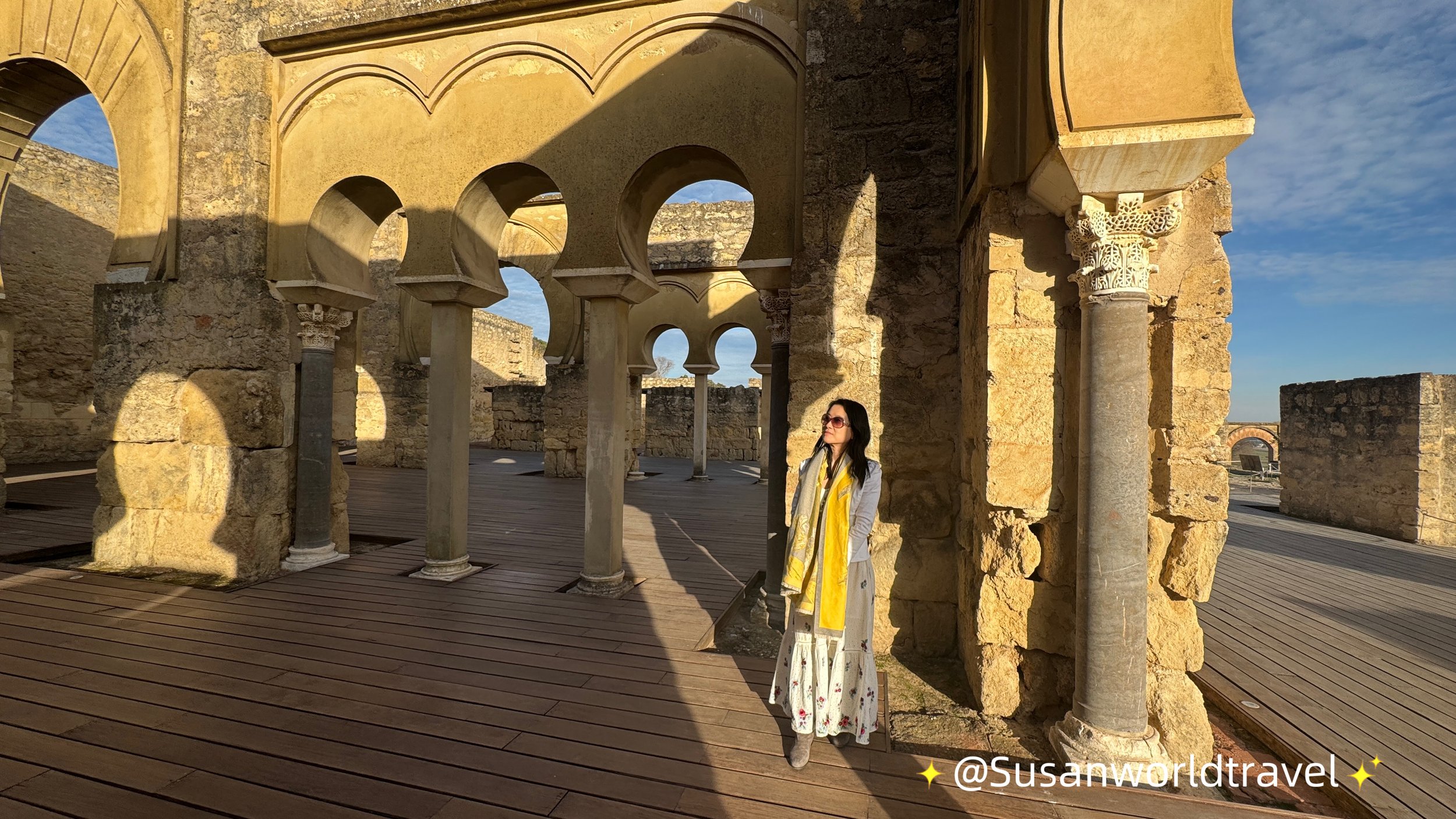
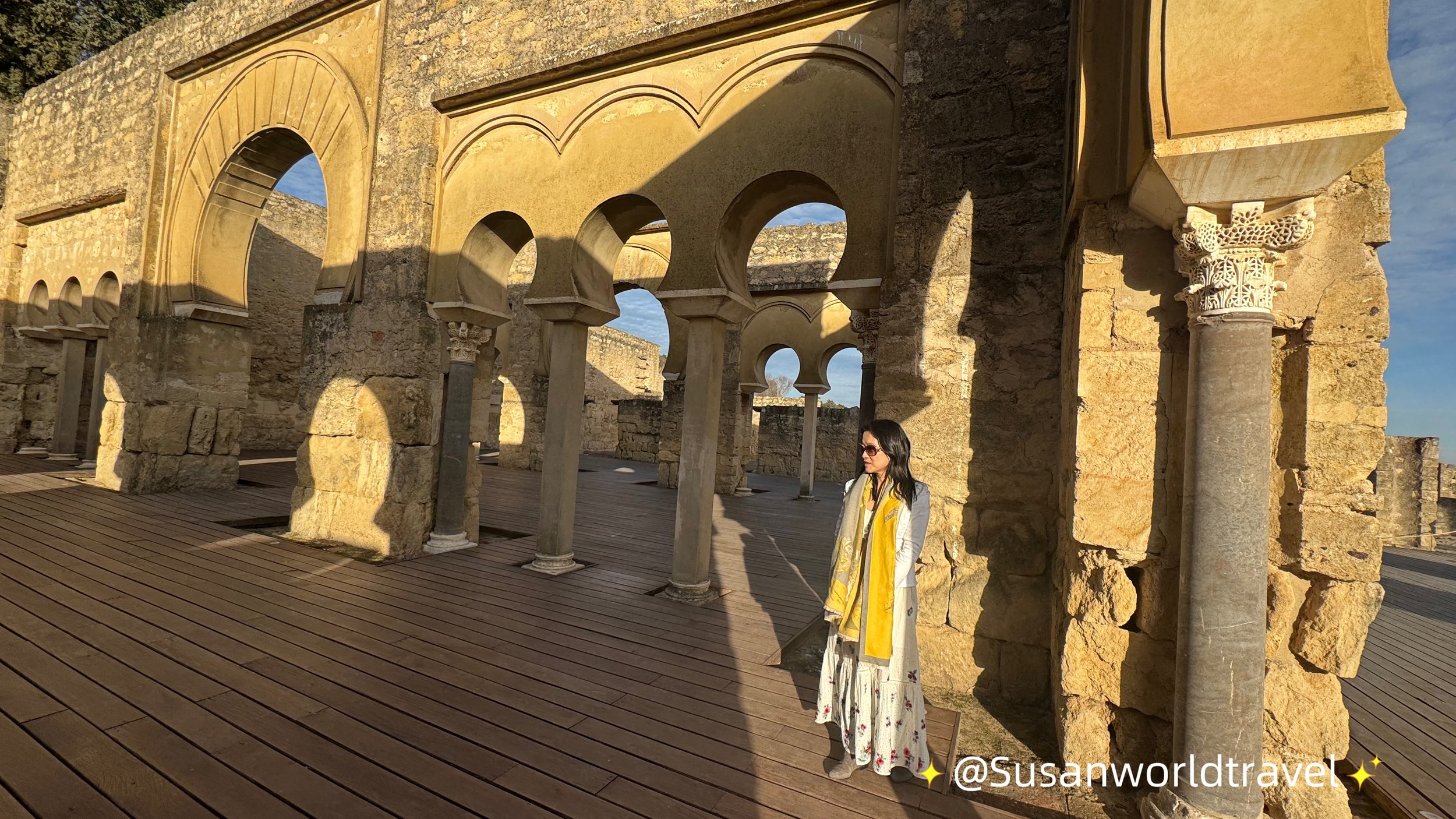
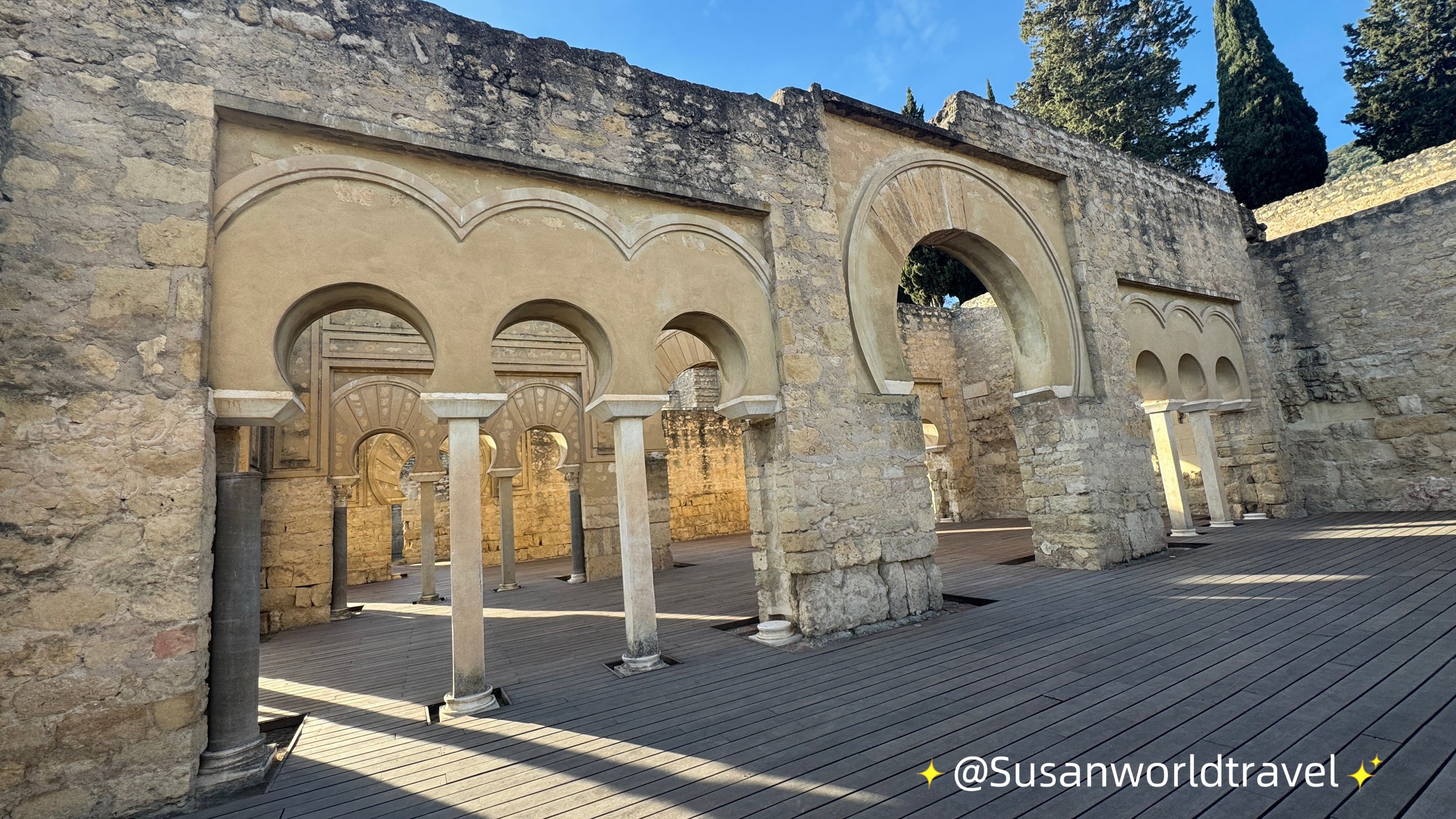
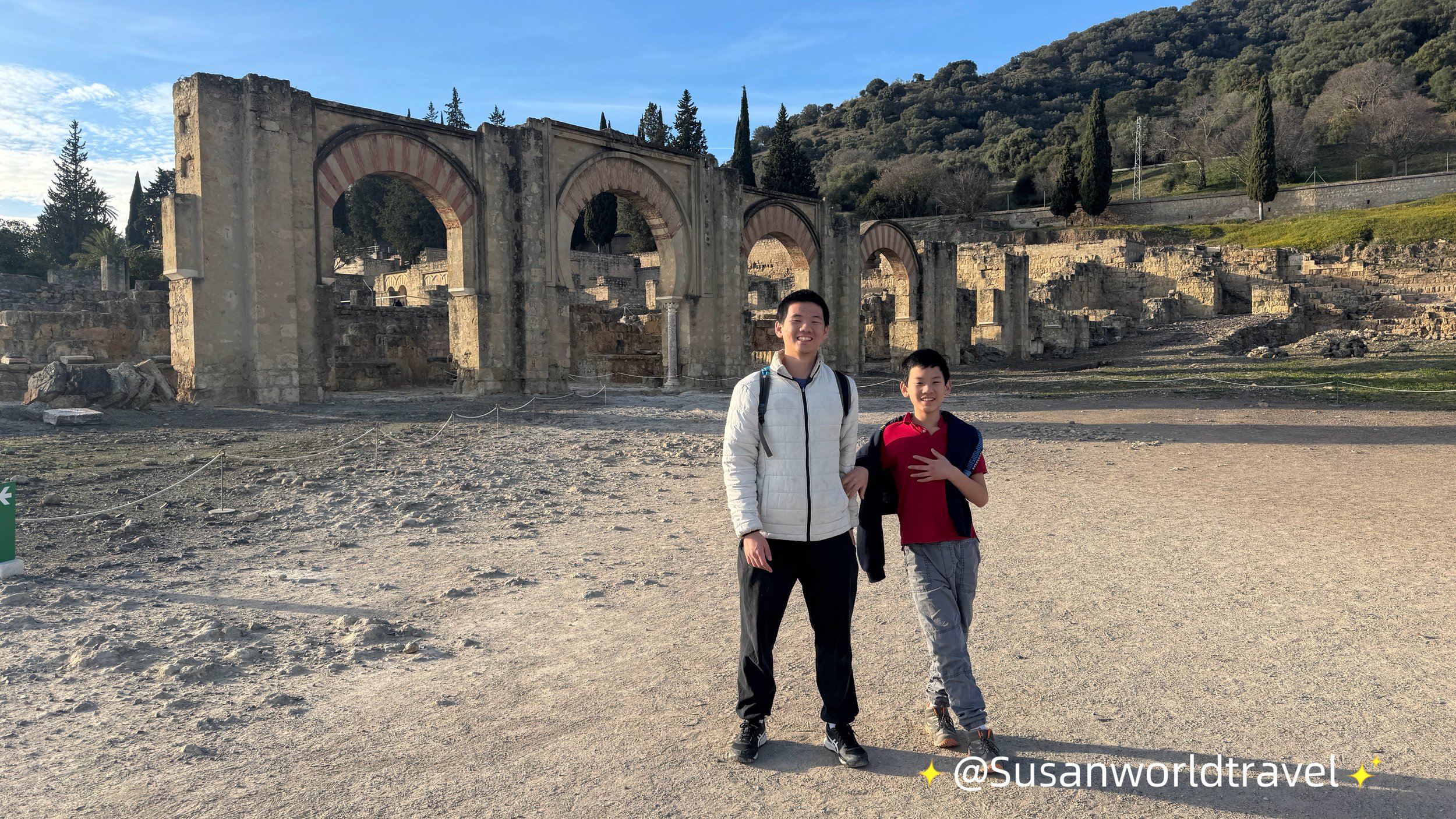
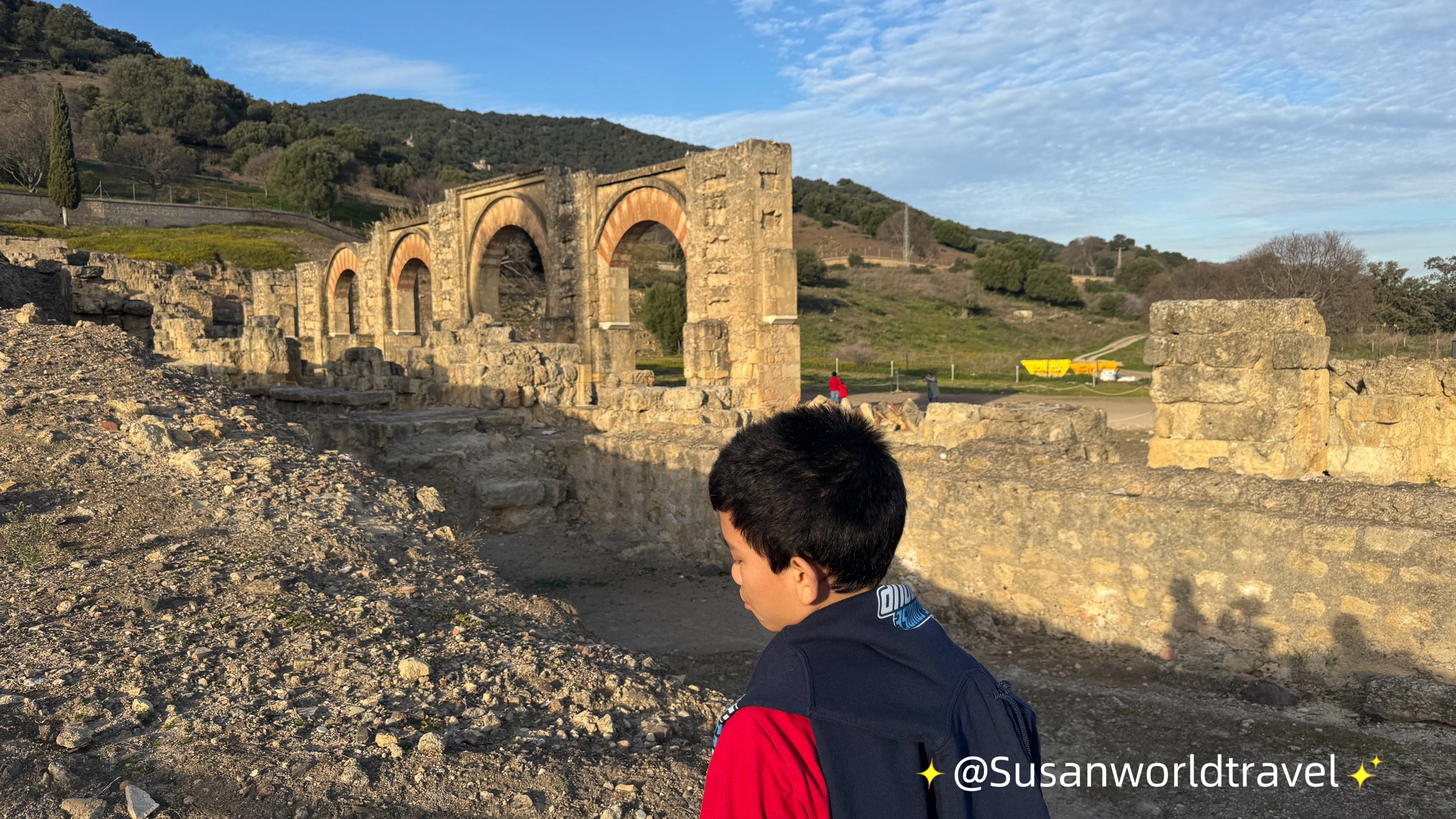


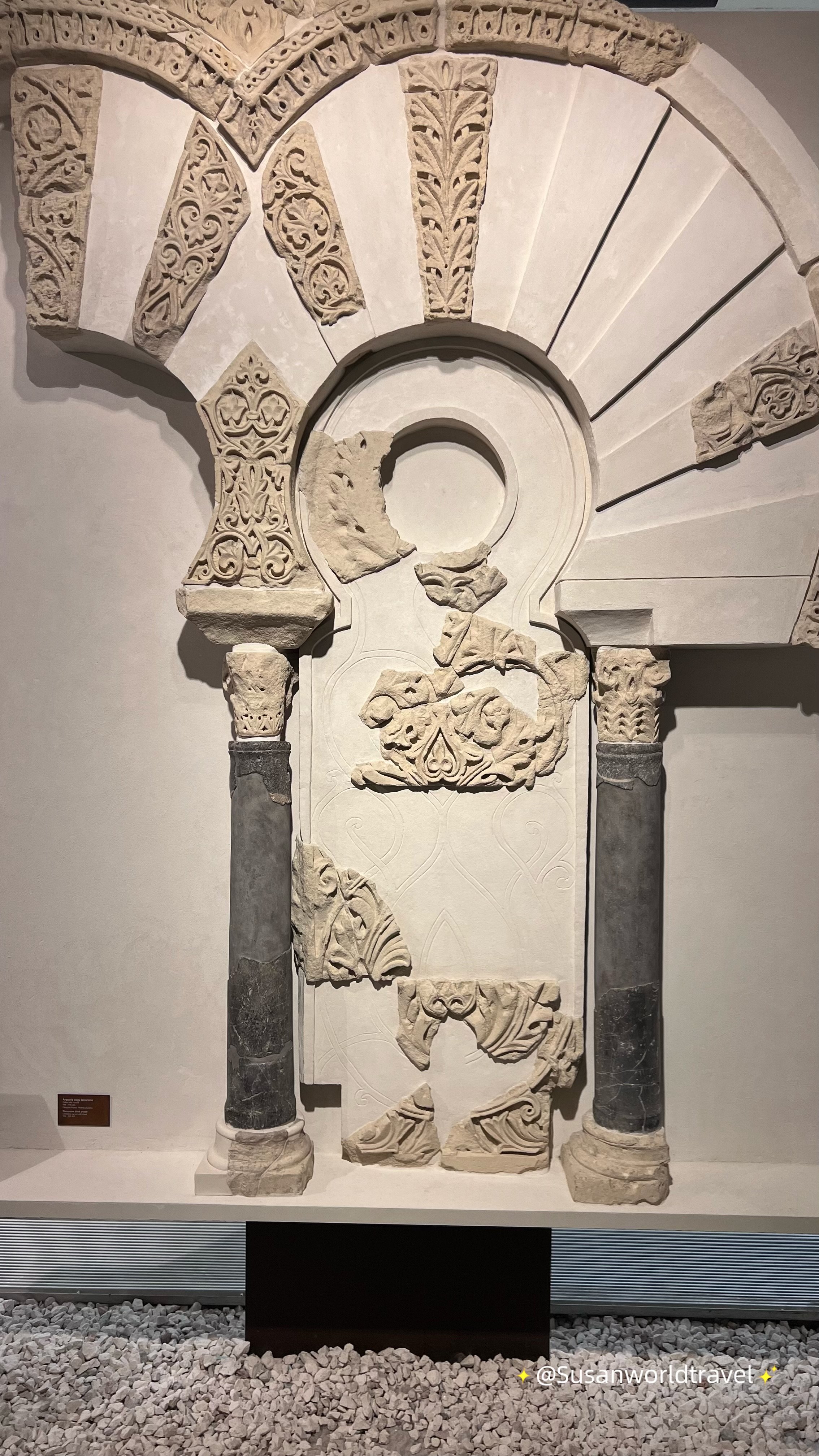

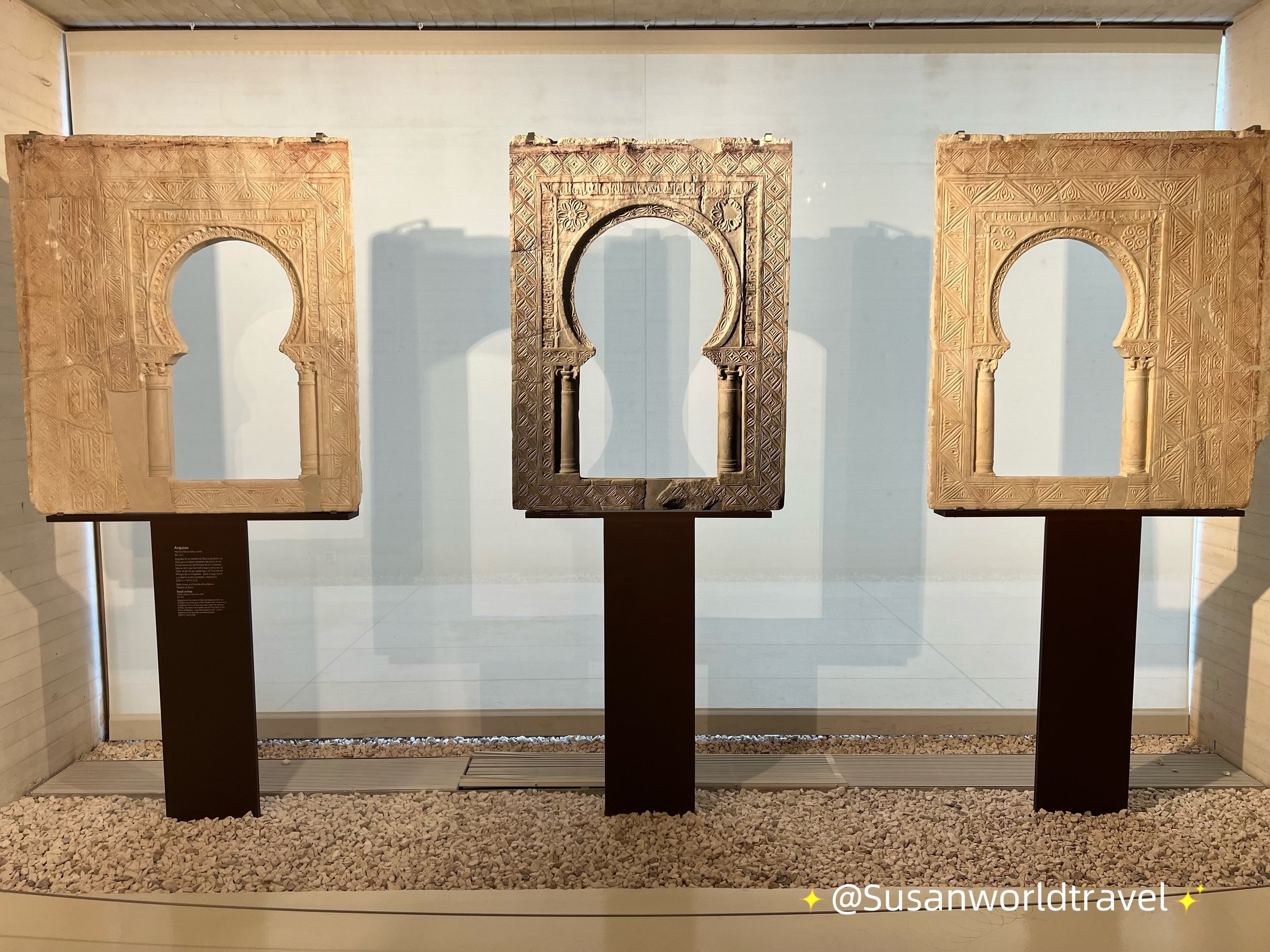
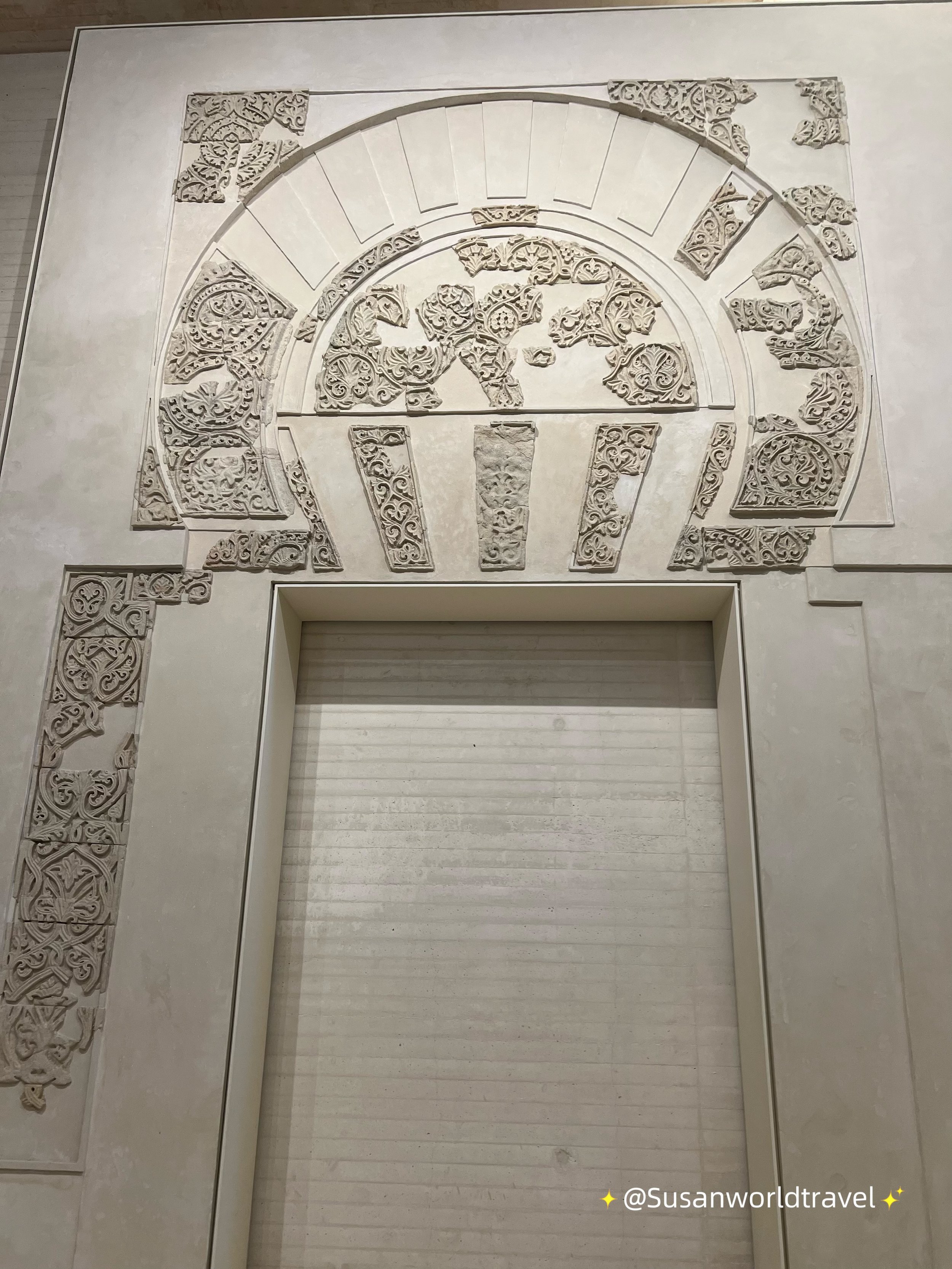
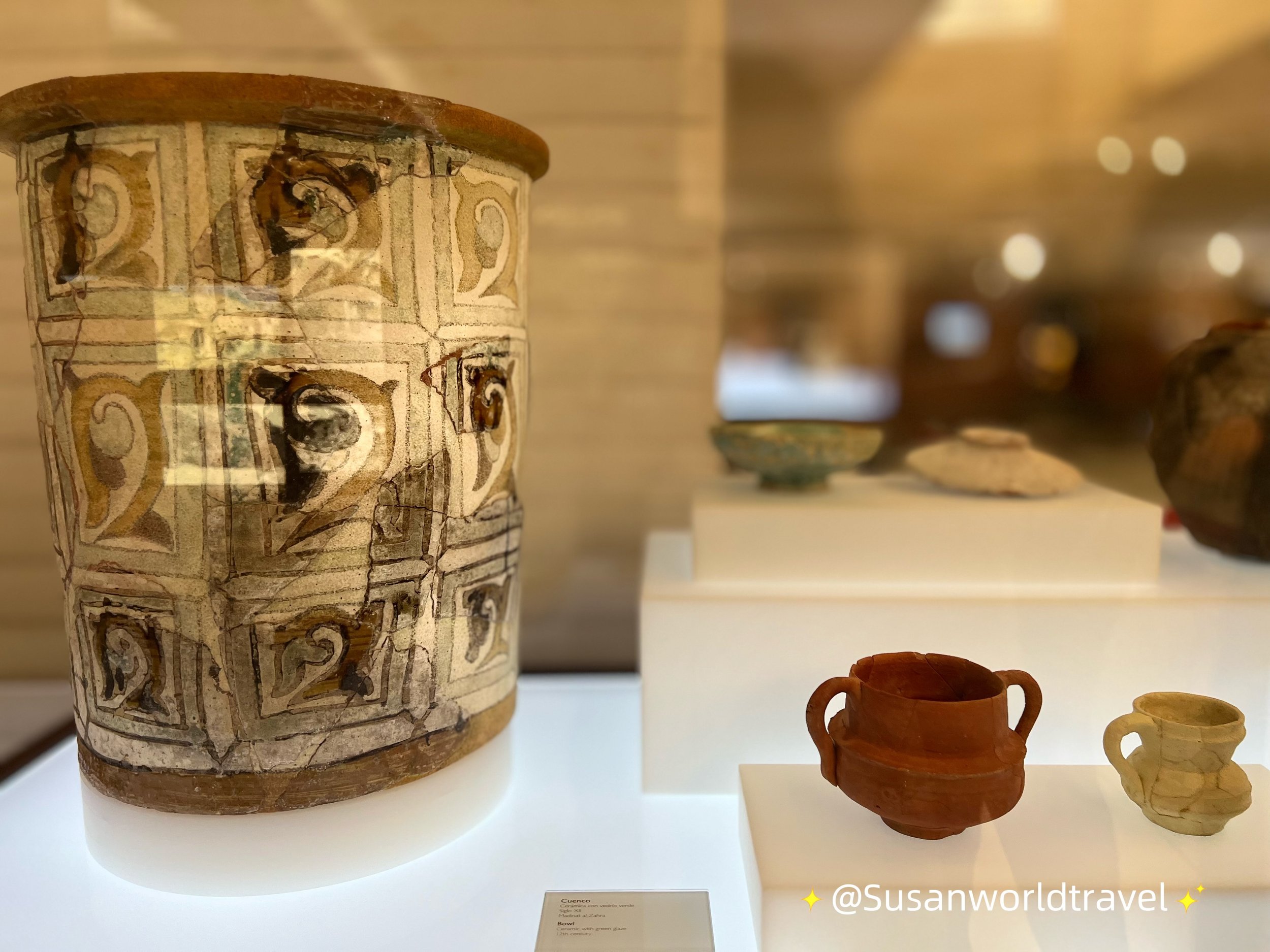
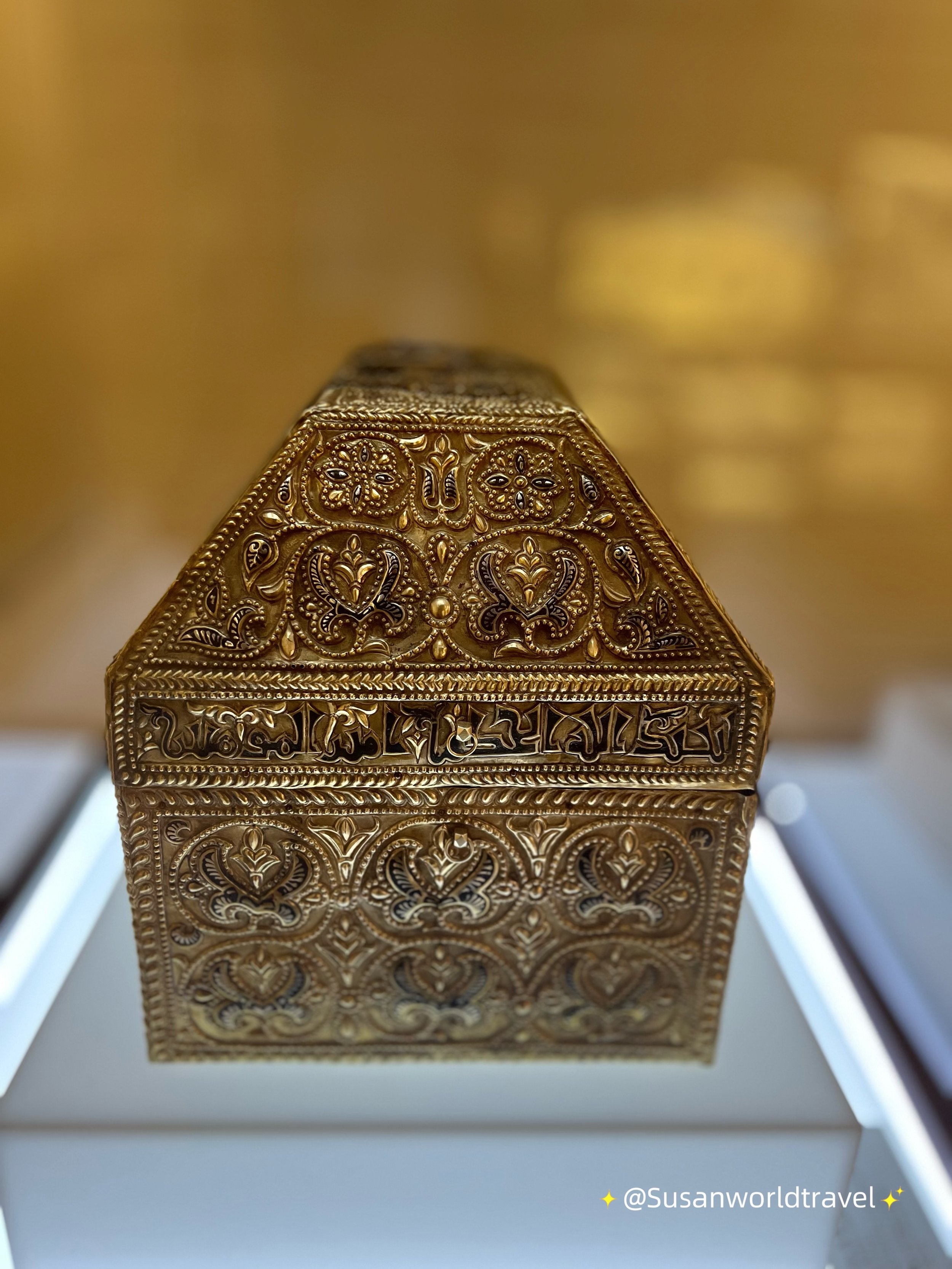
Medina Azahara is a remarkable archaeological site near Córdoba, built in the 10th century by Caliph Abd al-Rahman III as the capital of the Caliphate of Córdoba. The city featured palaces, gardens, mosques, and administrative buildings, showcasing the wealth and power of the Caliphate. Abandoned in the 11th century, it was rediscovered in the 20th century and is now a UNESCO World Heritage site. Visitors can explore the ruins of the Royal Palace, Grand Mosque, and other structures, offering a glimpse into the grandeur of Islamic Spain.